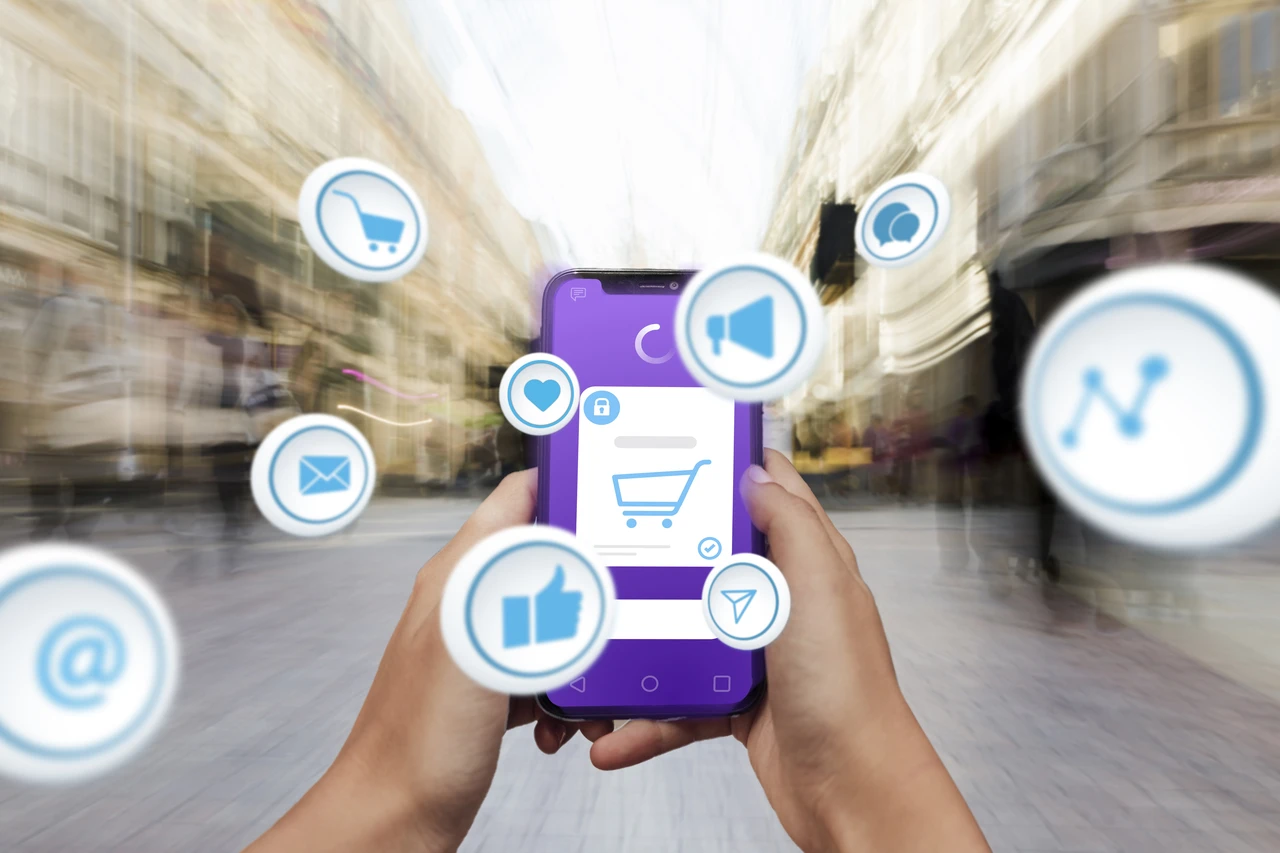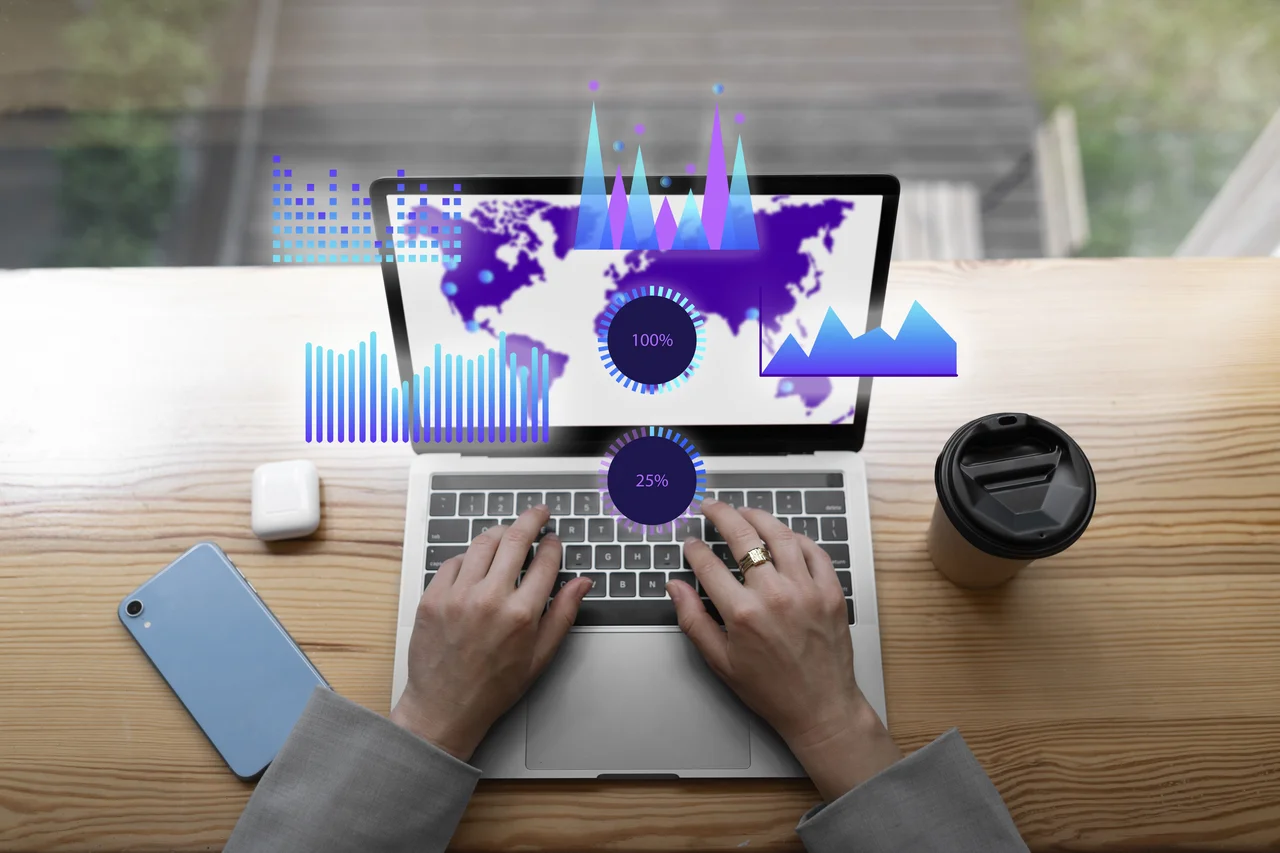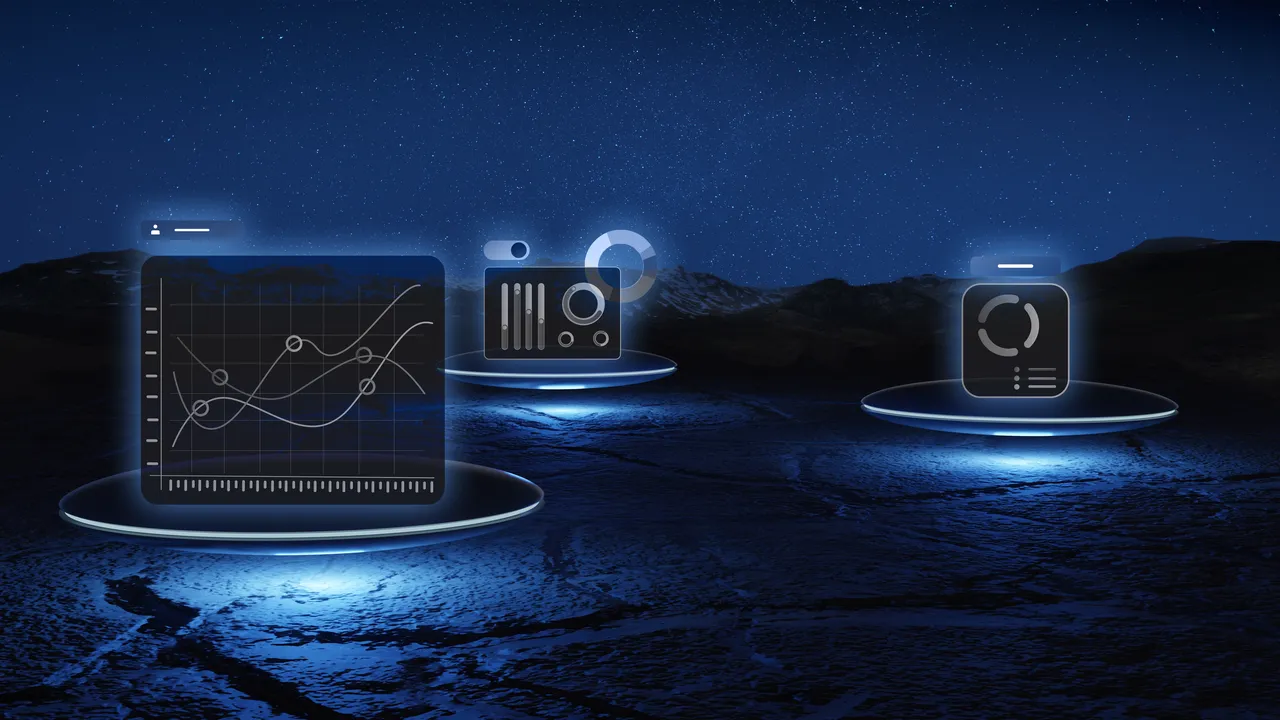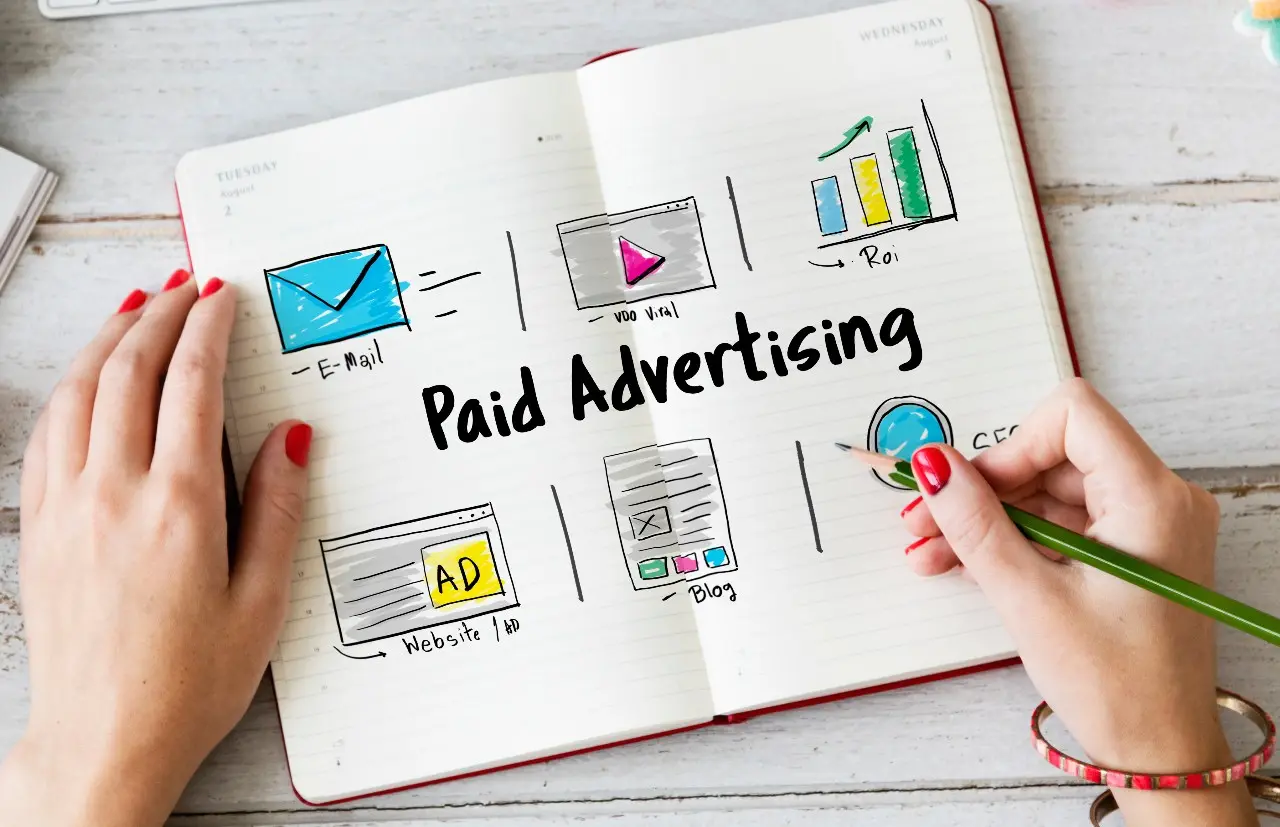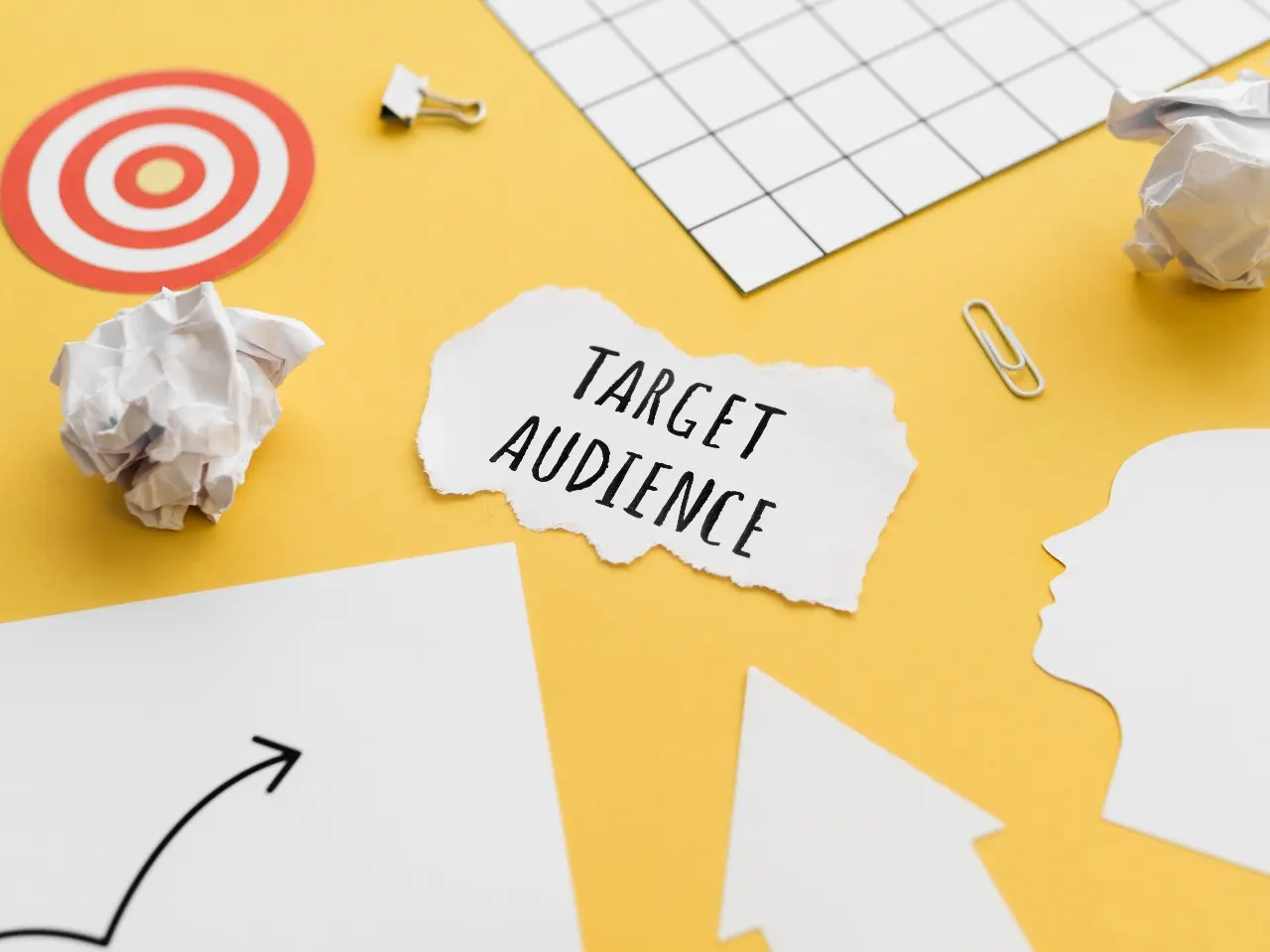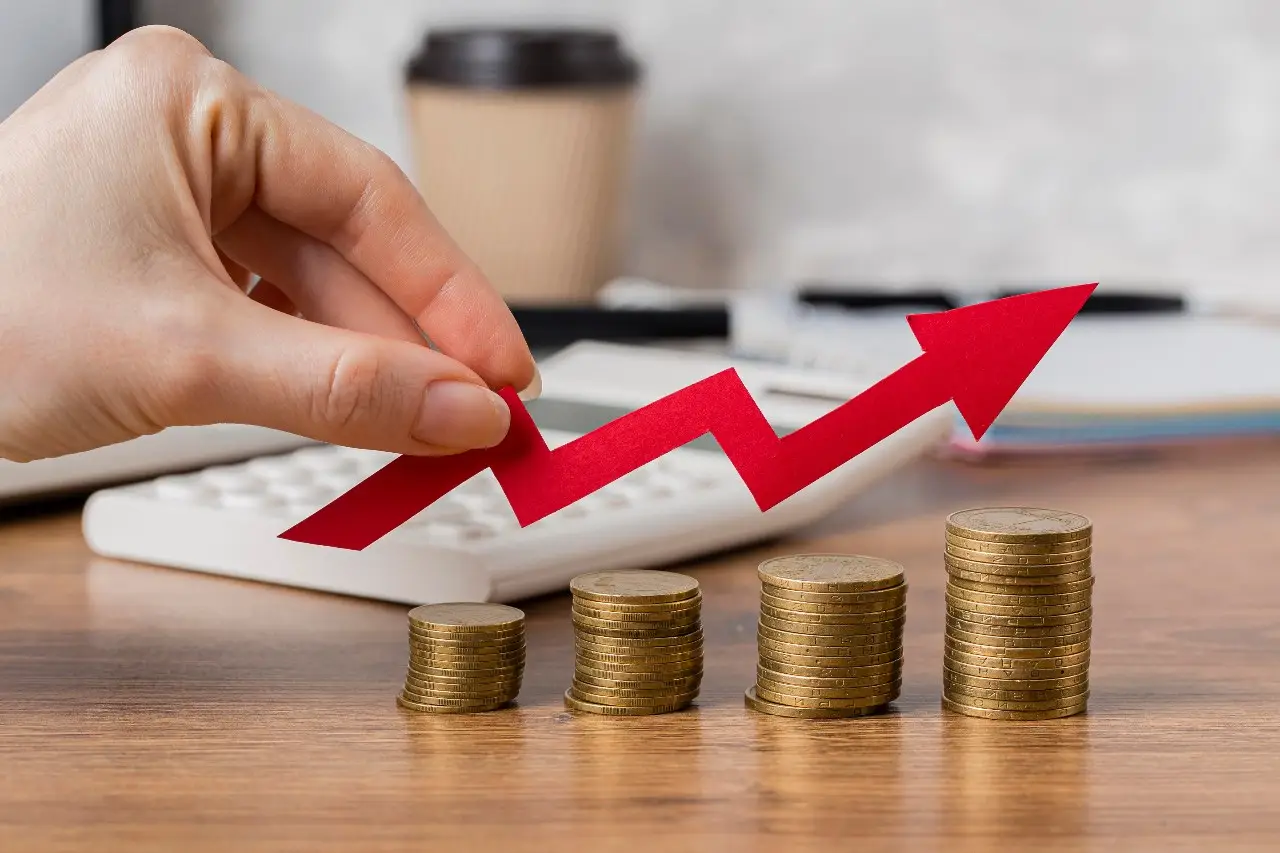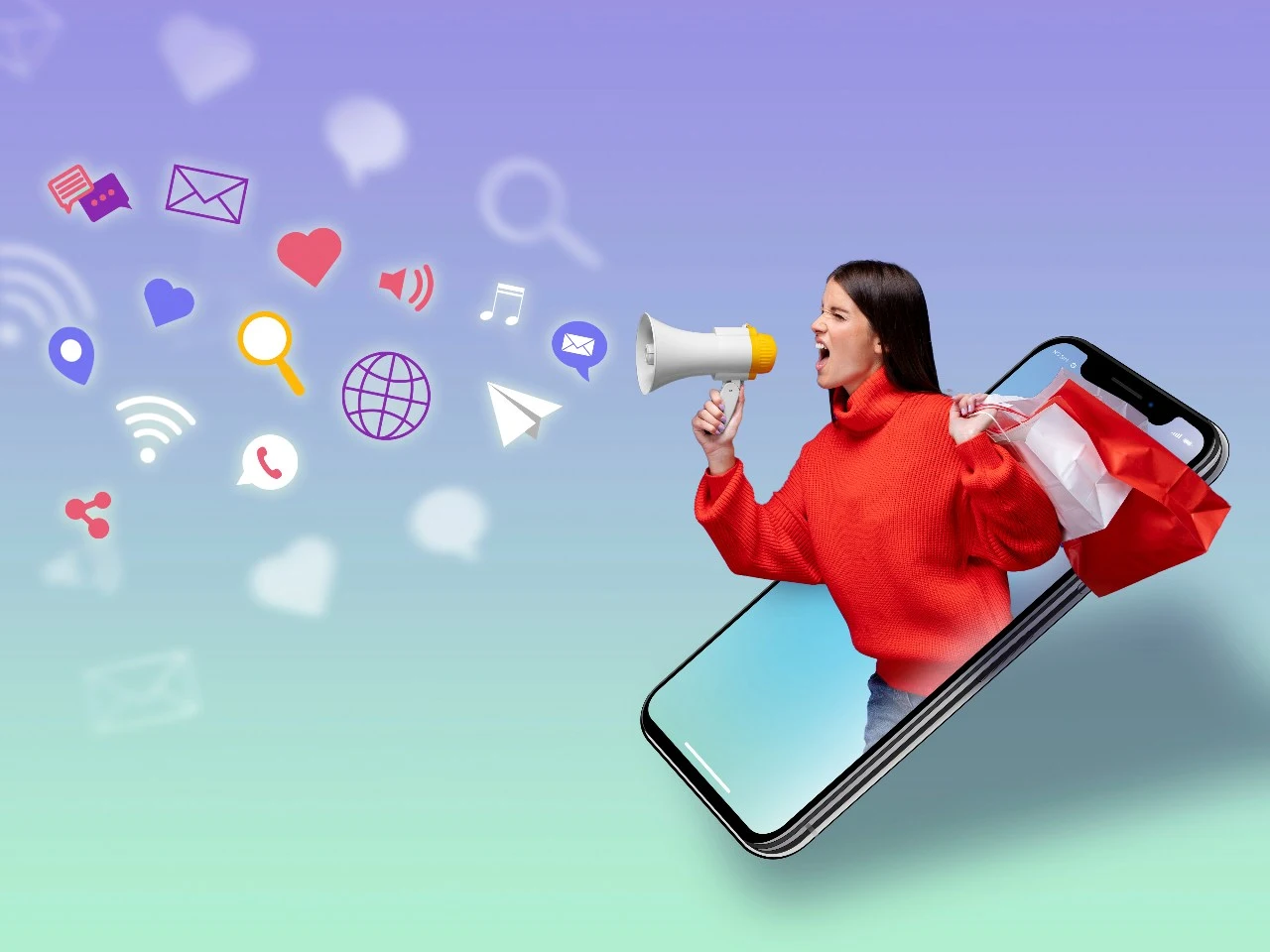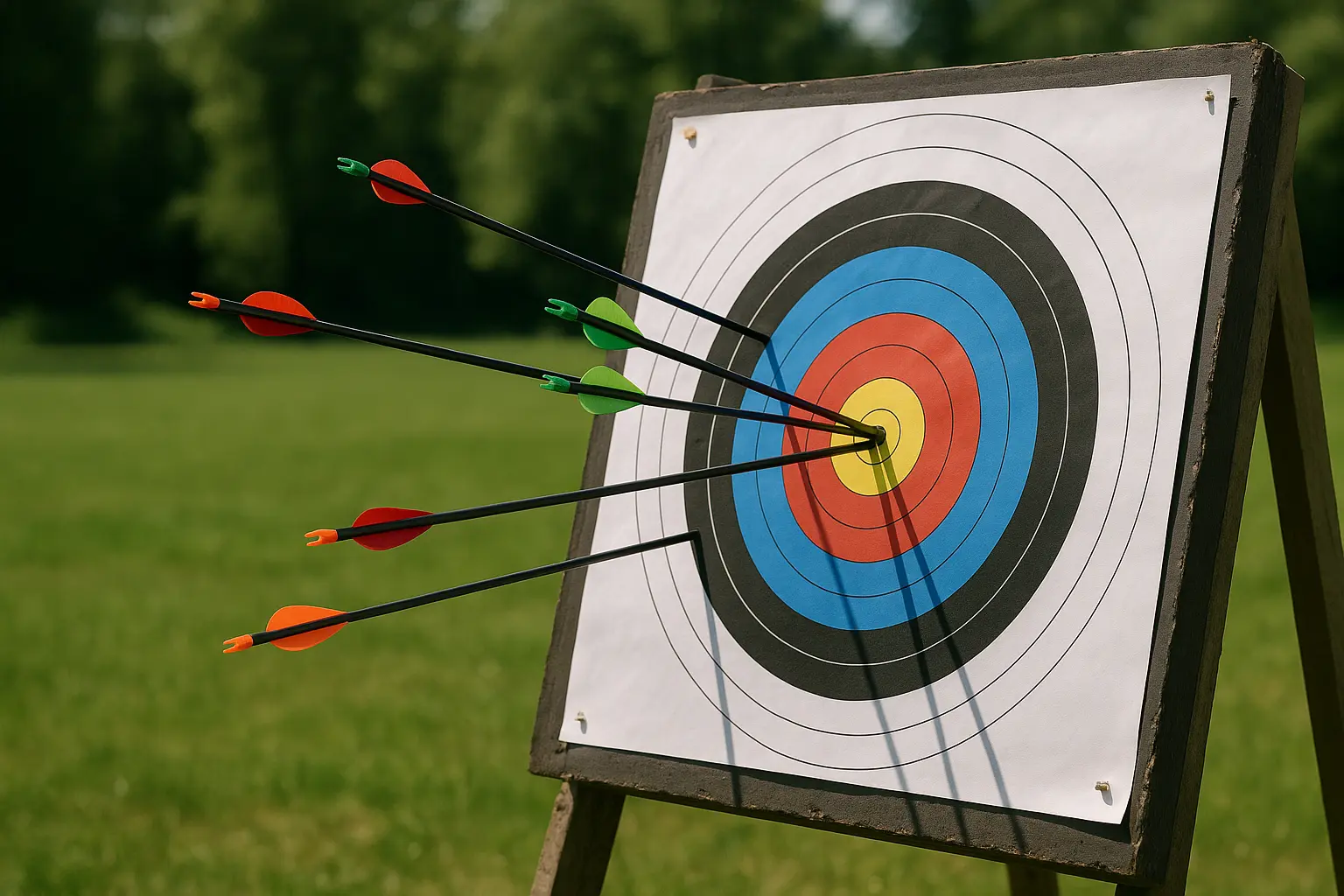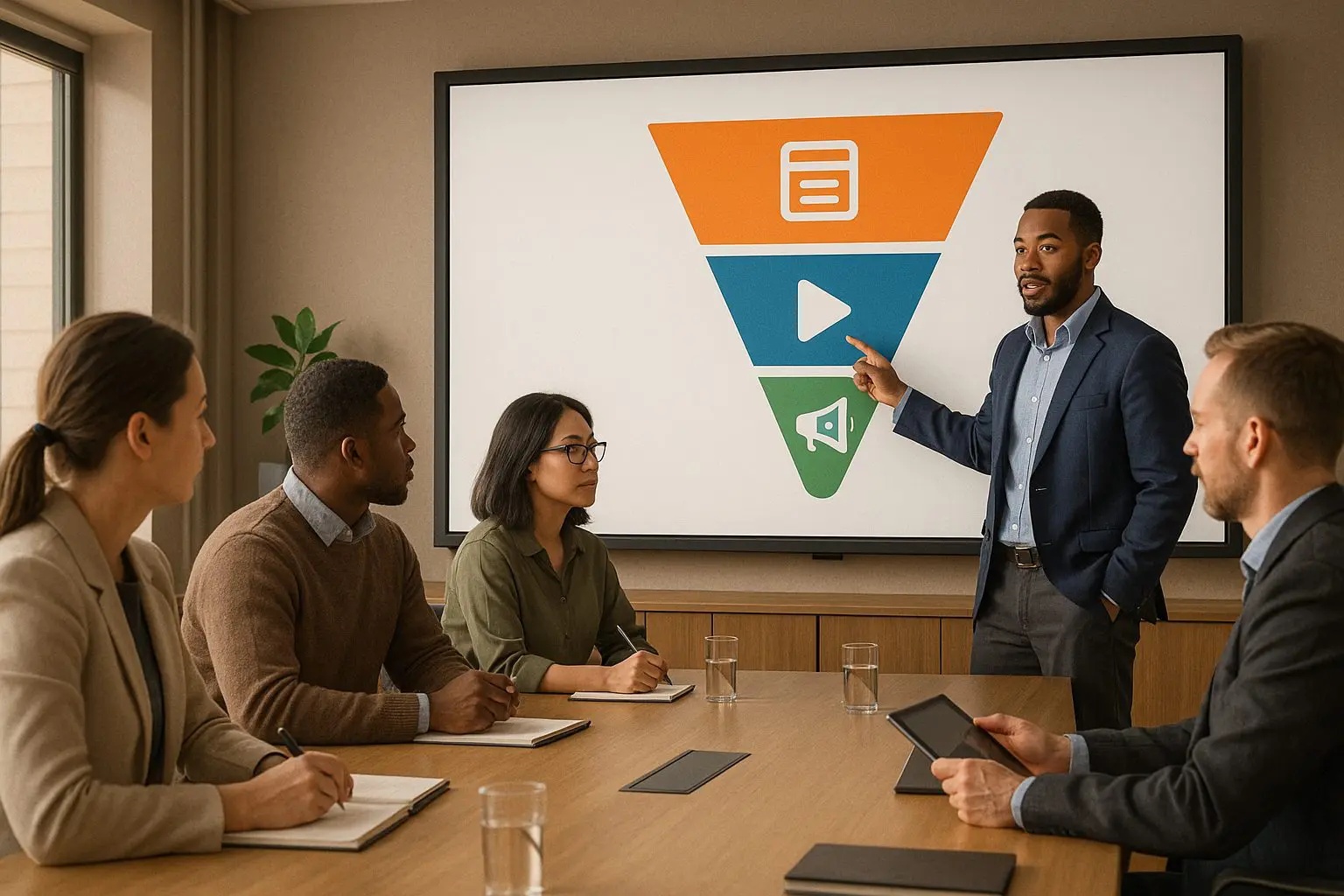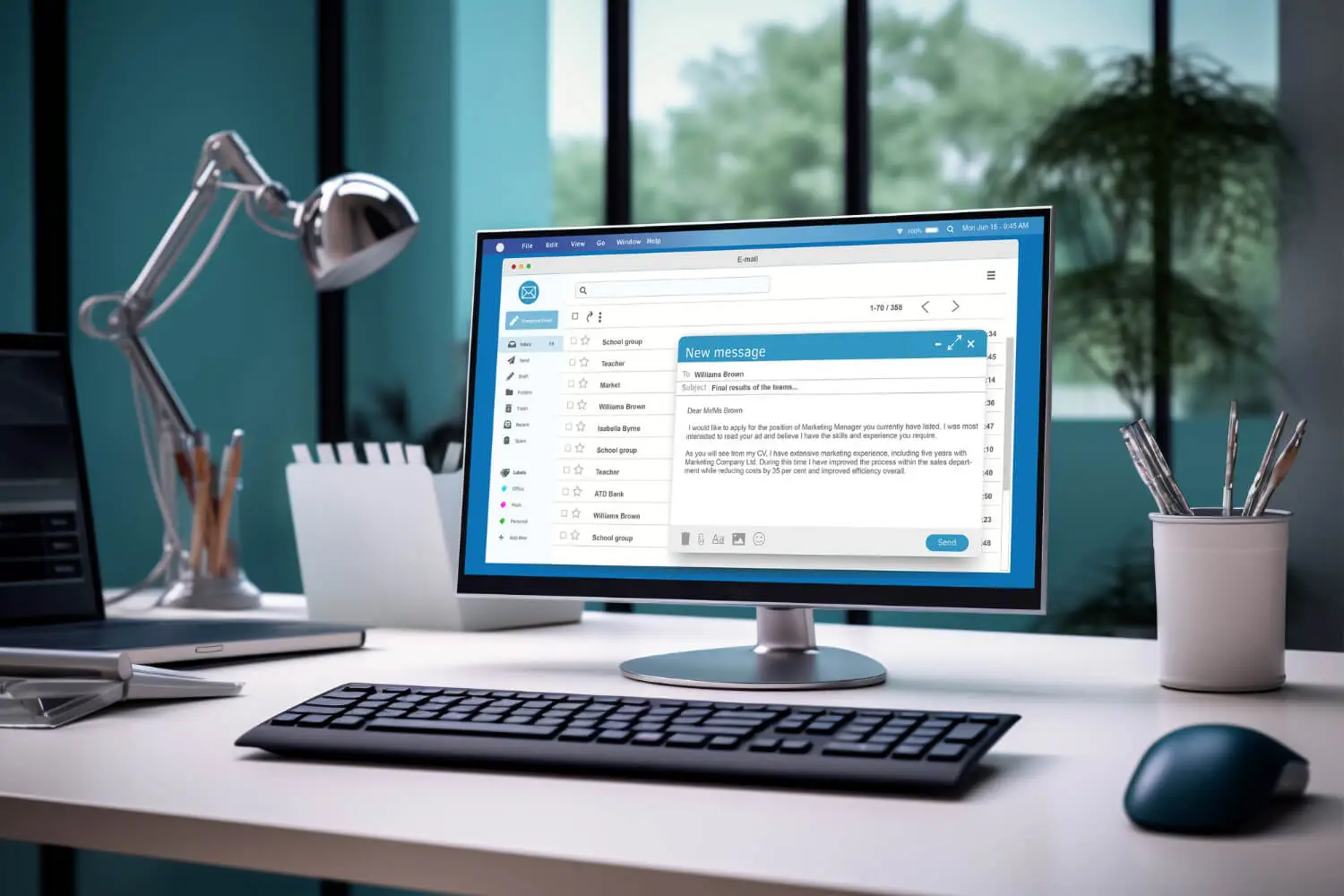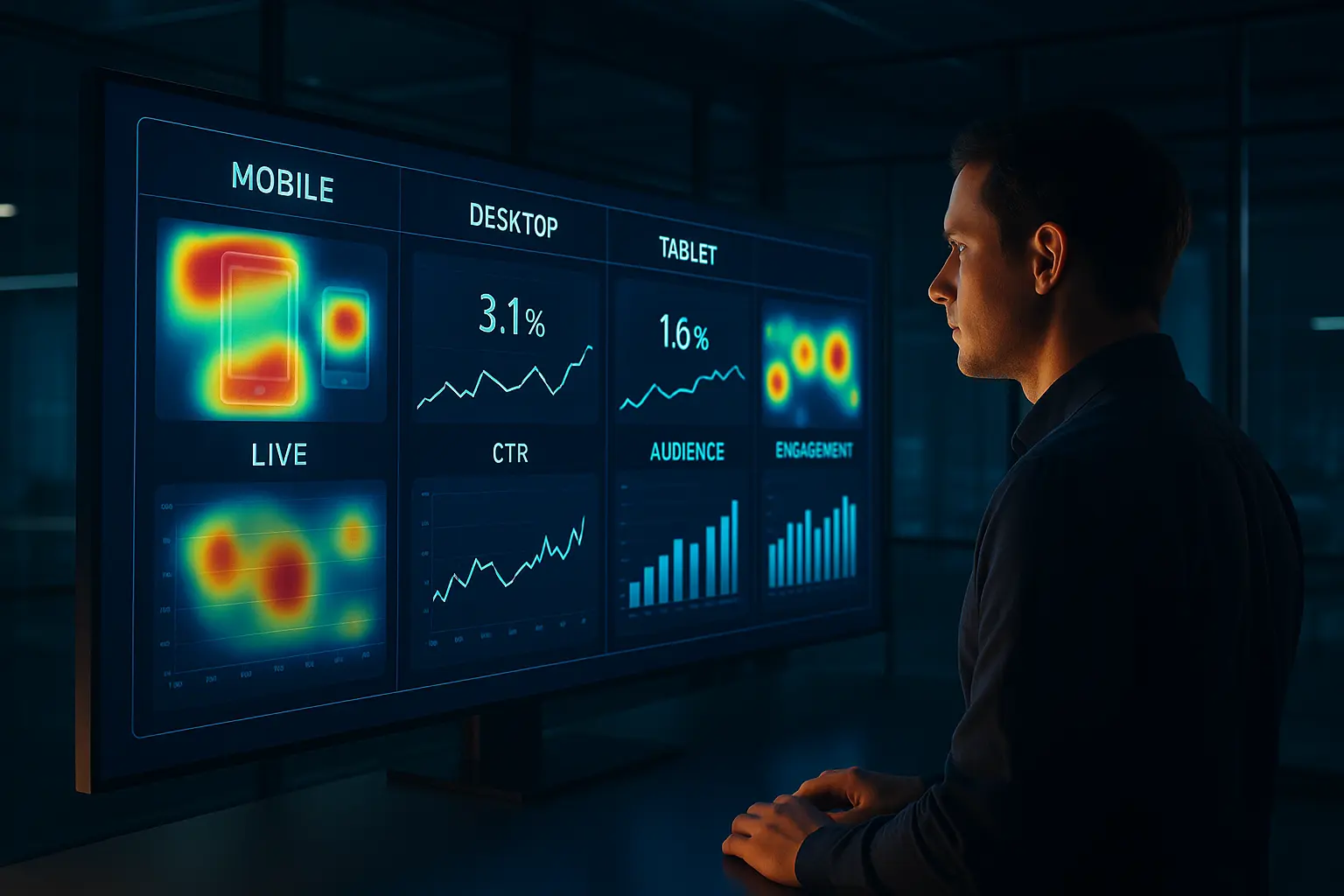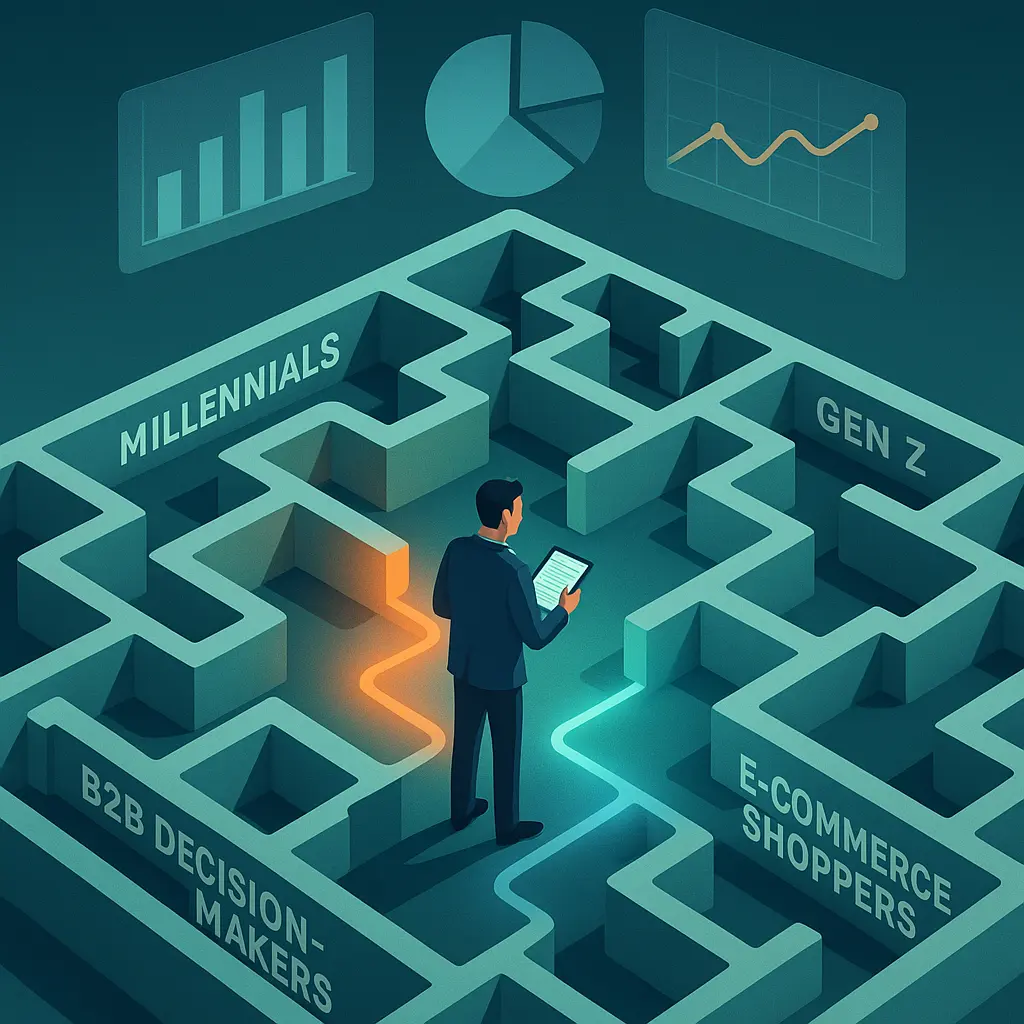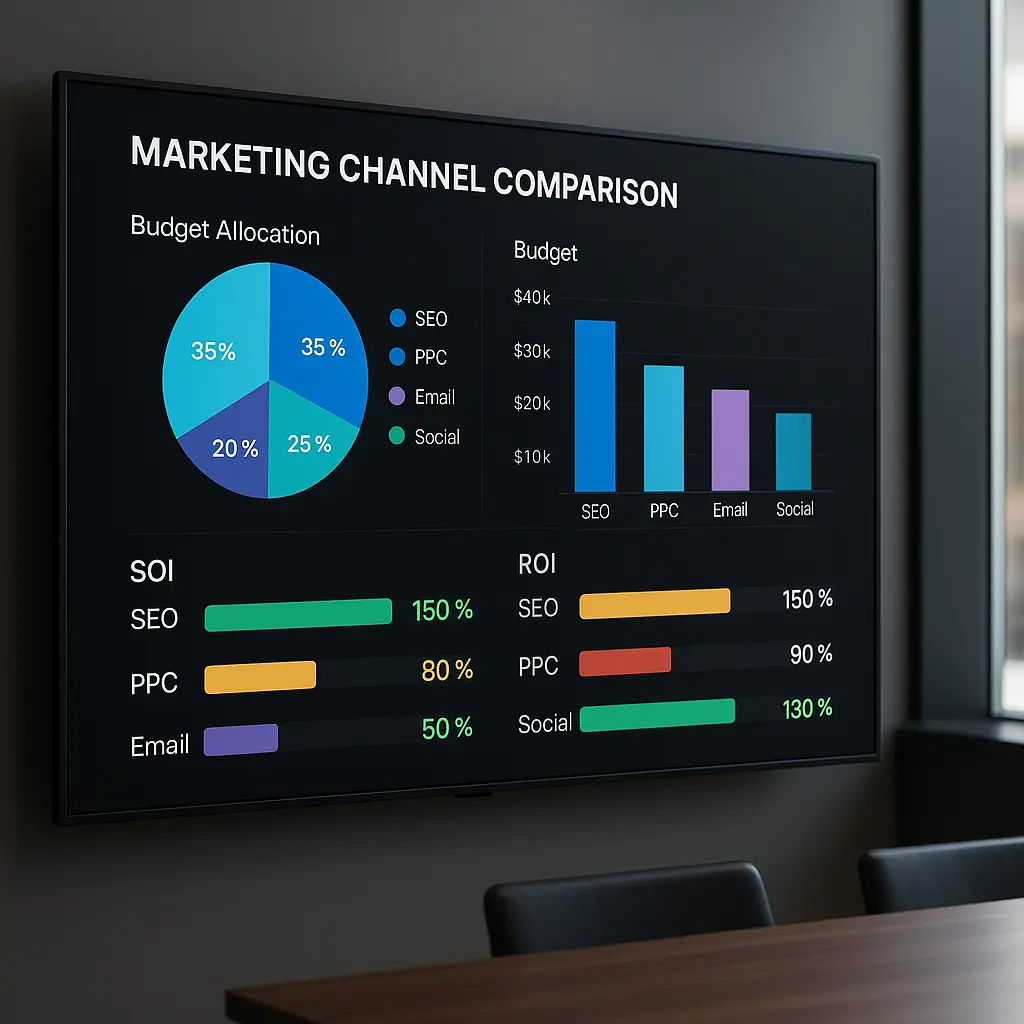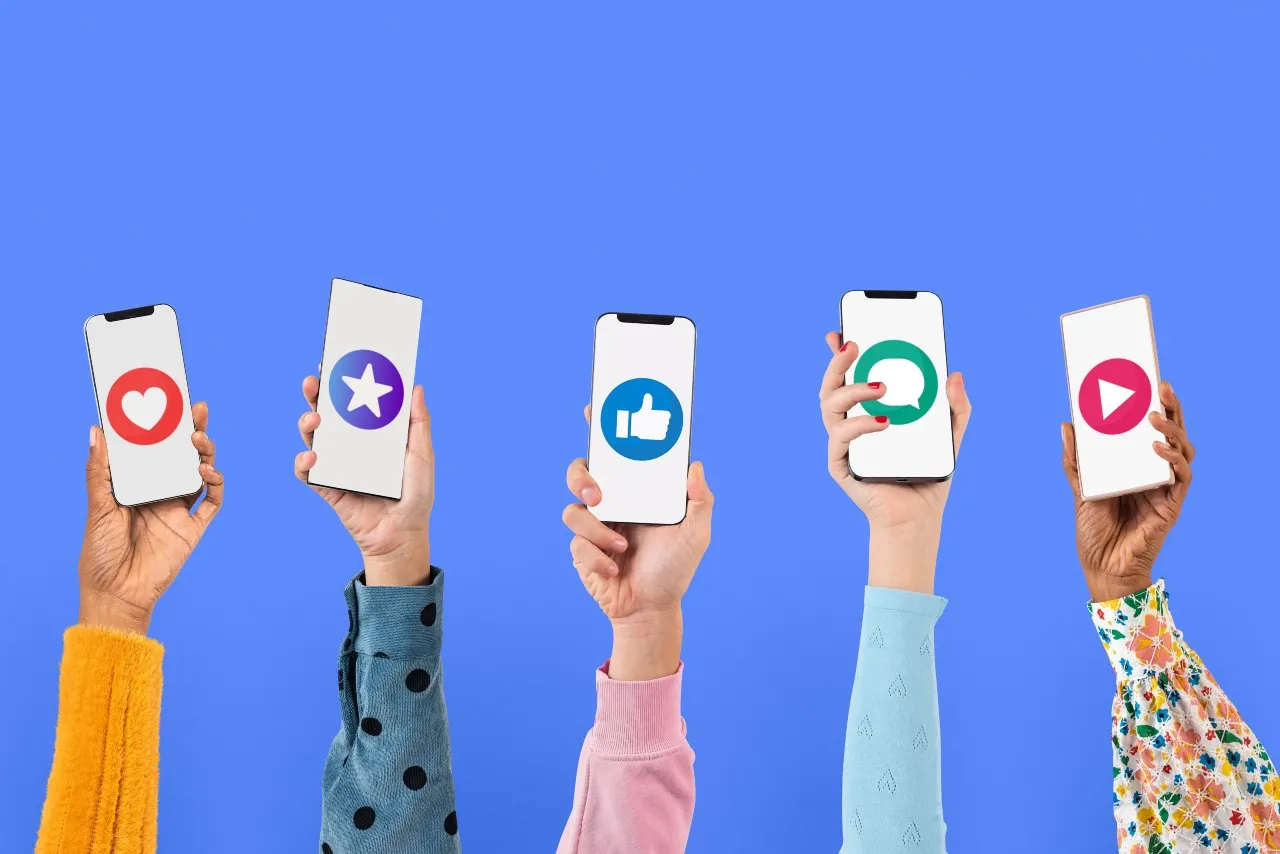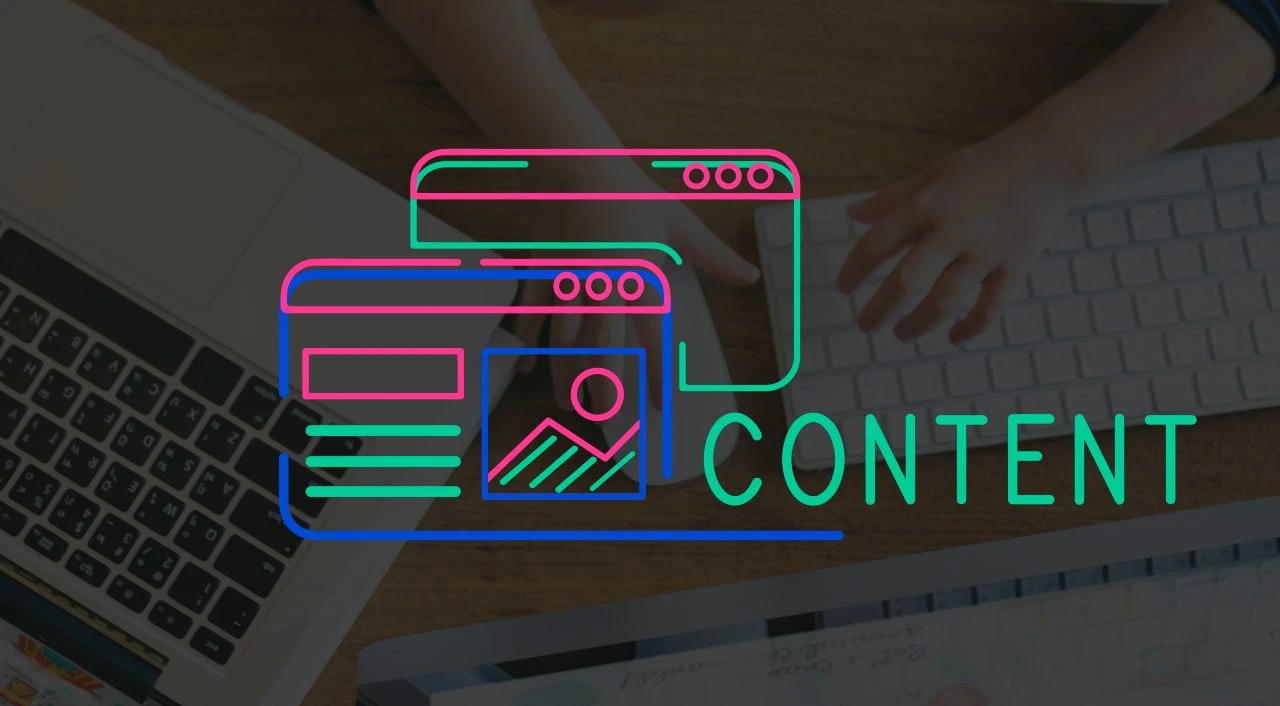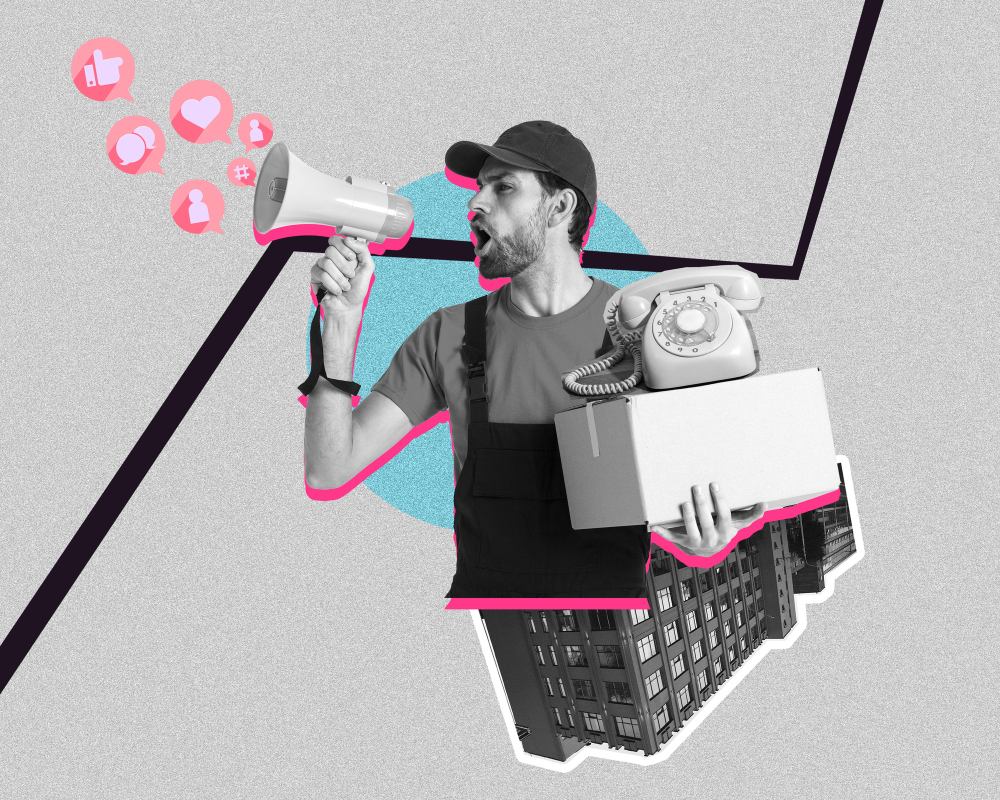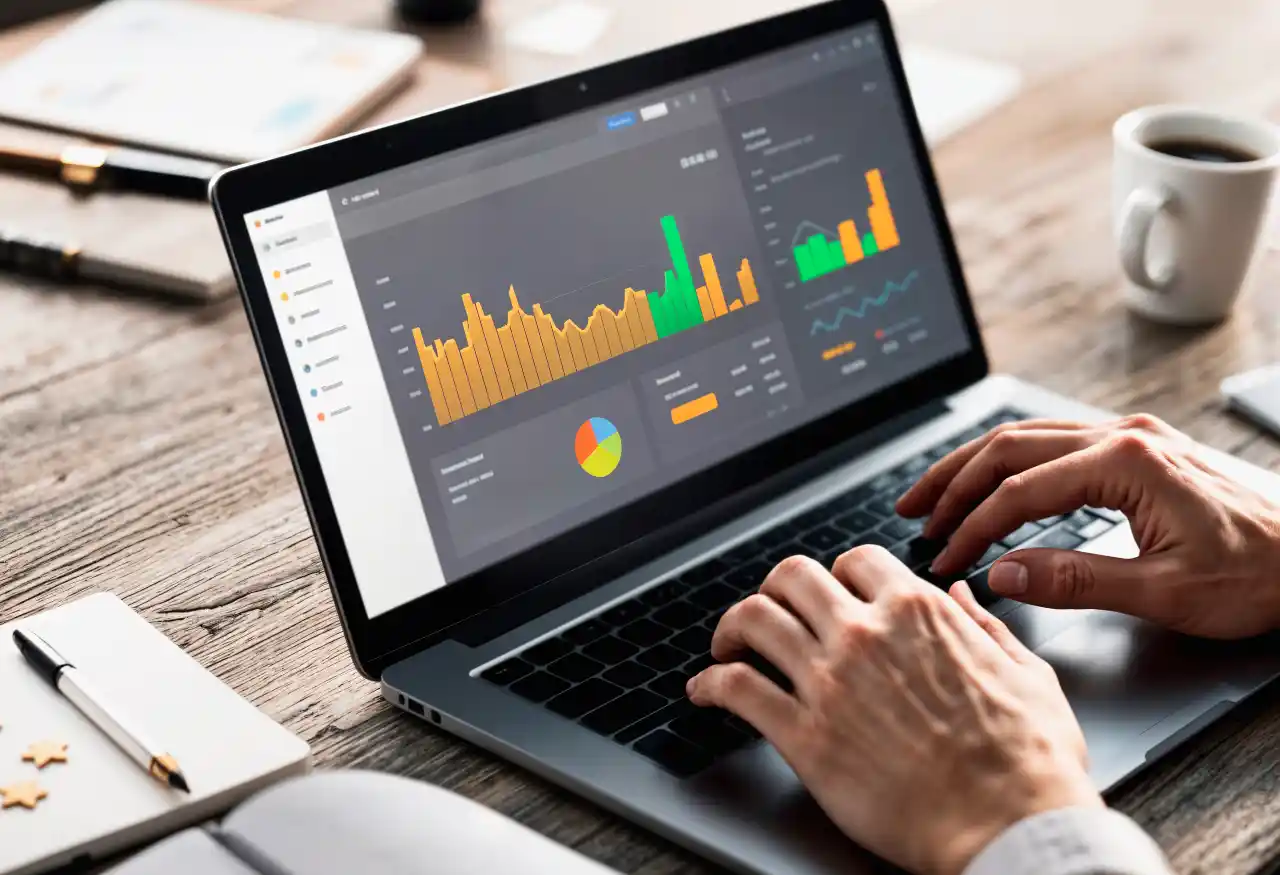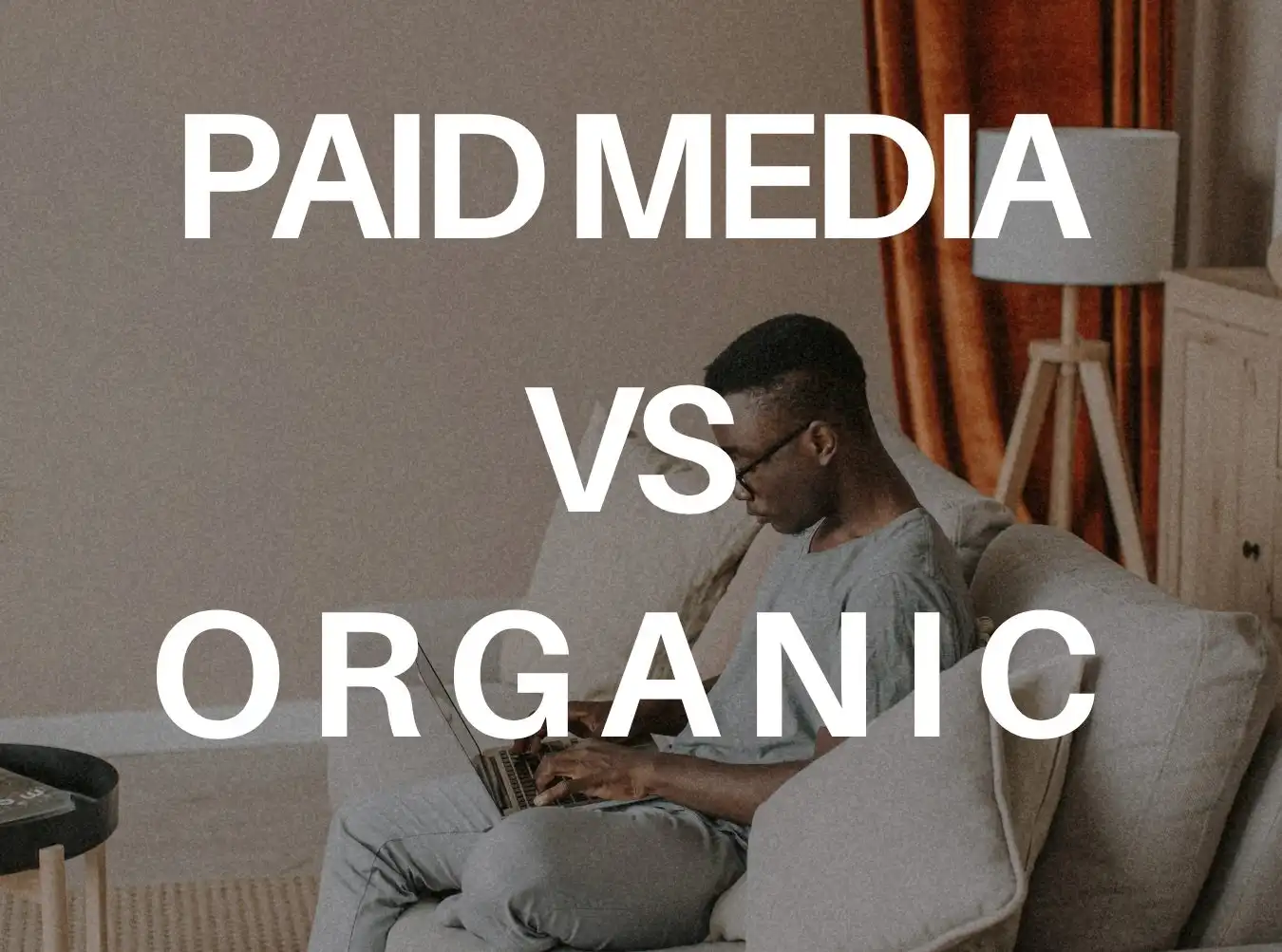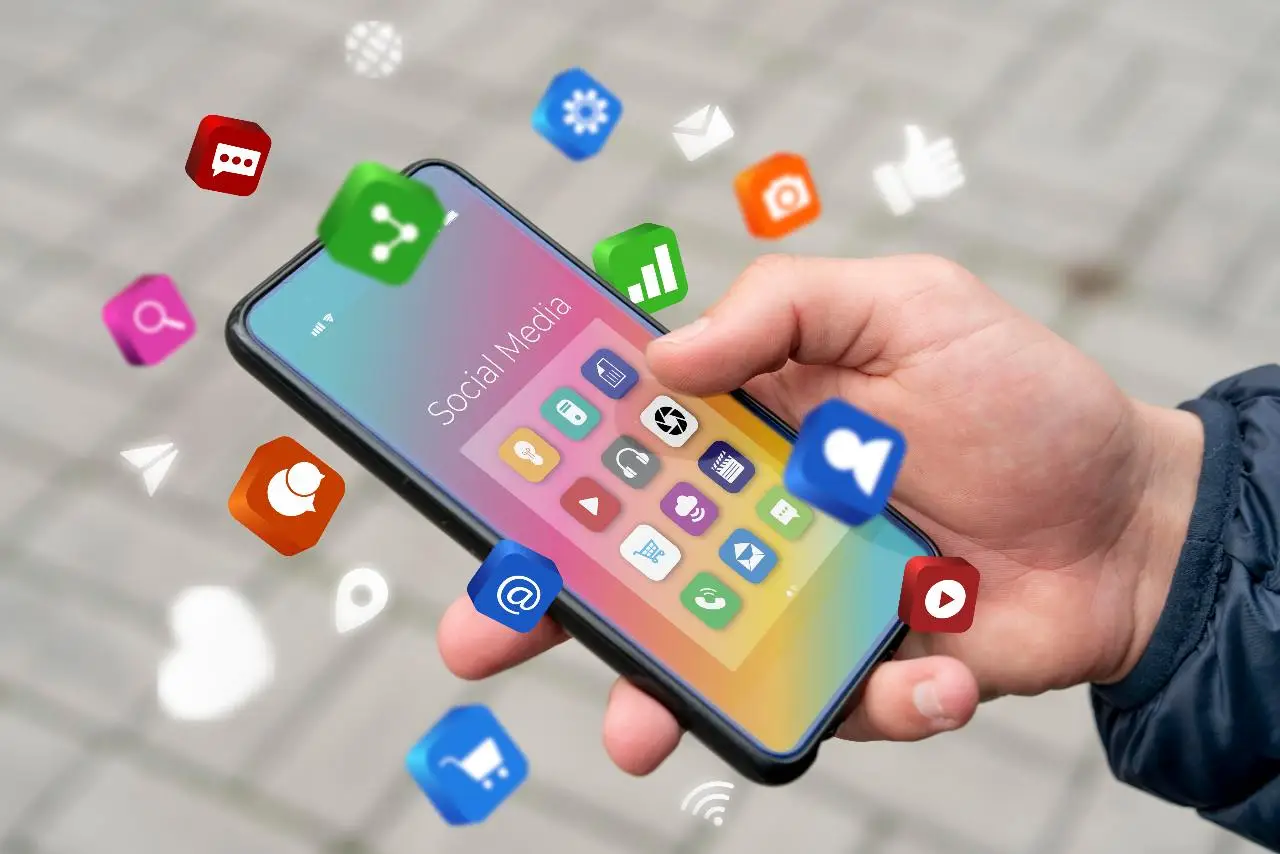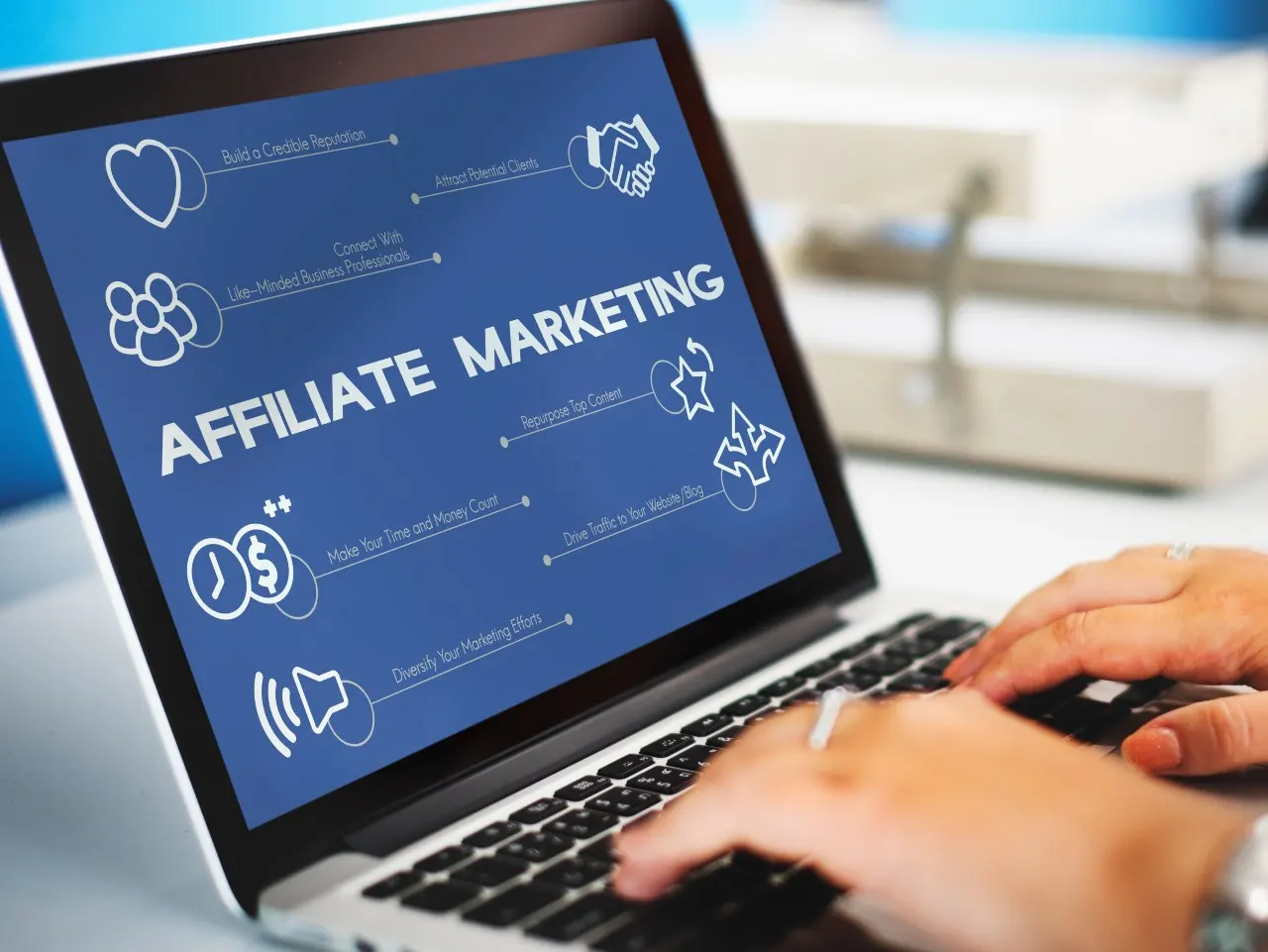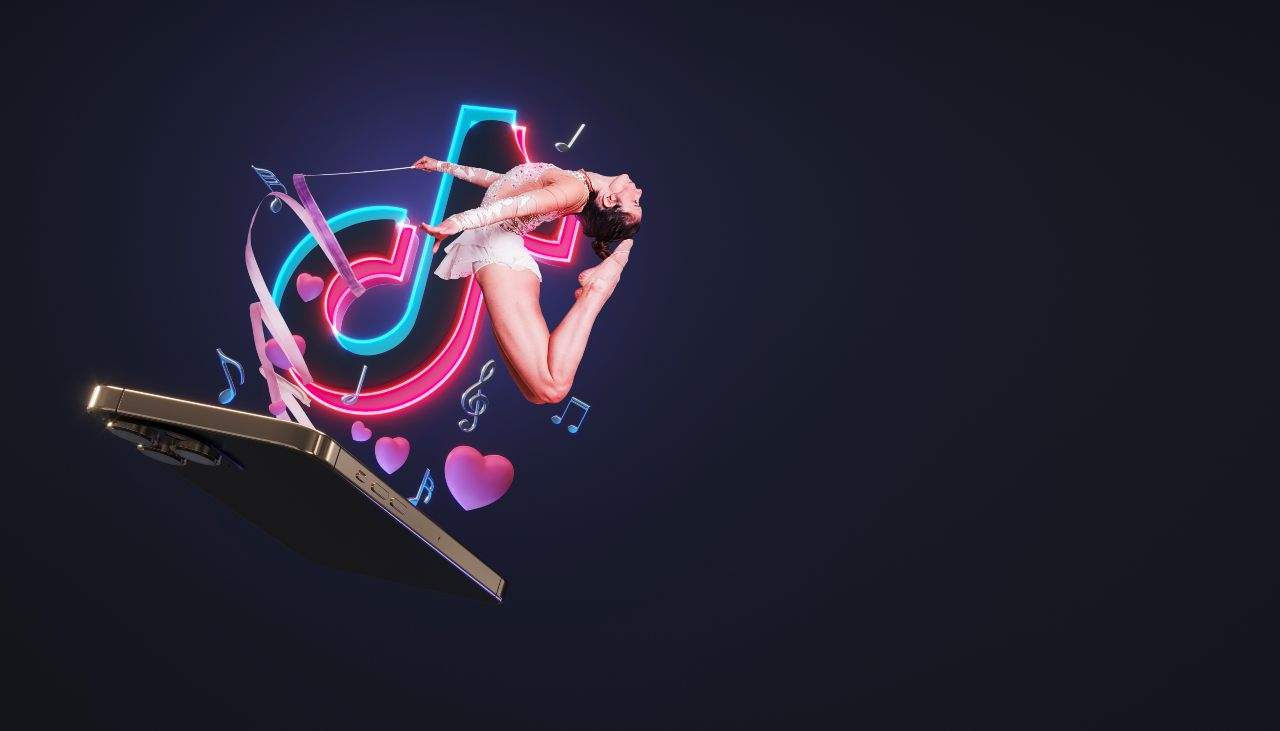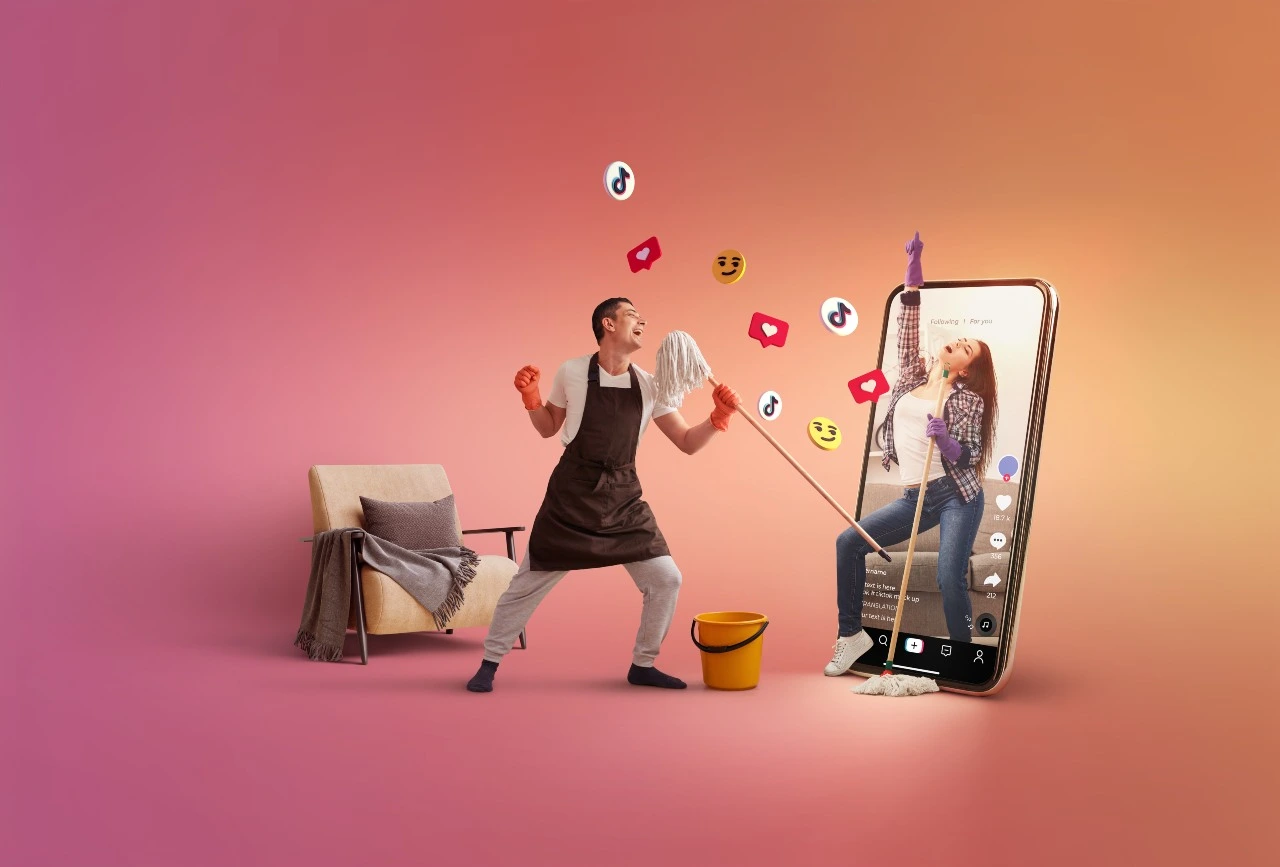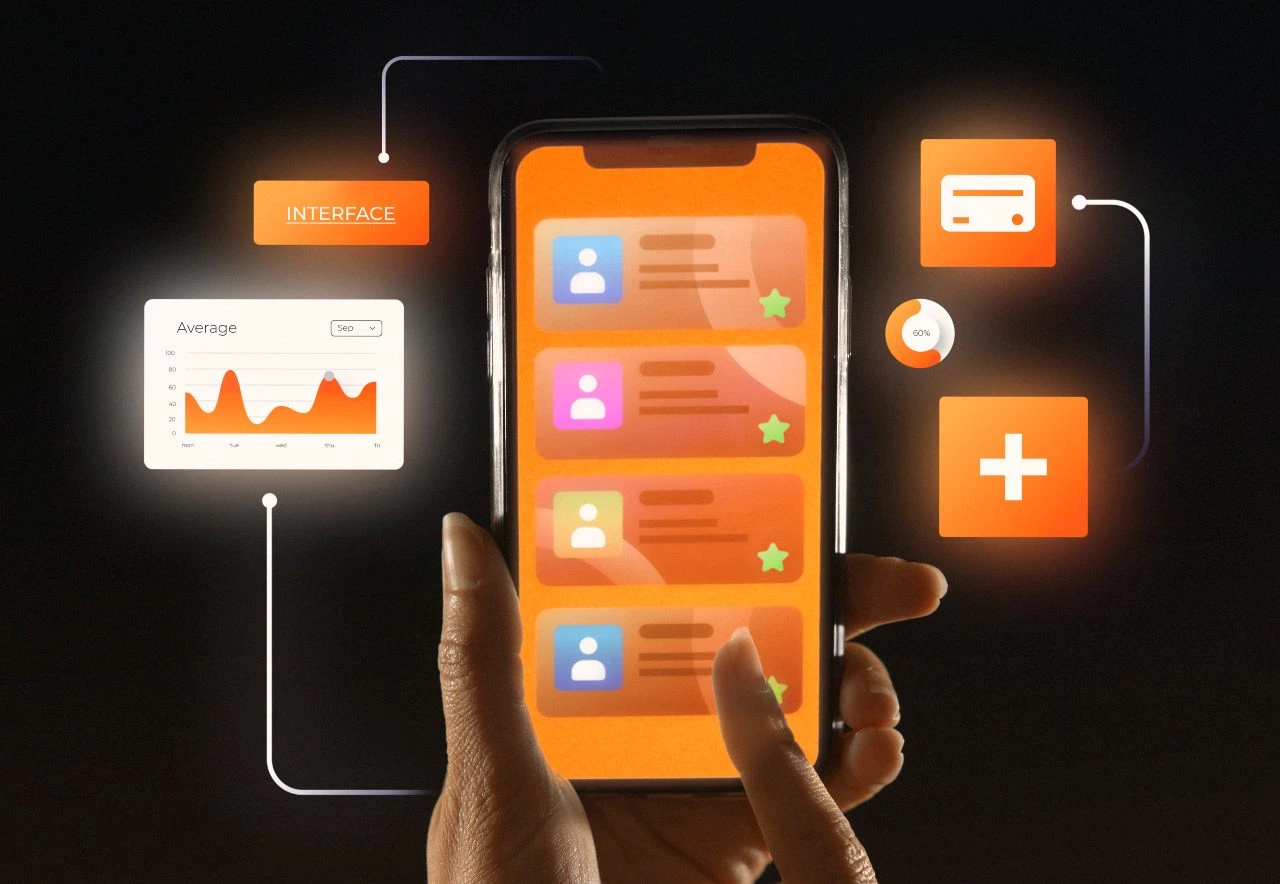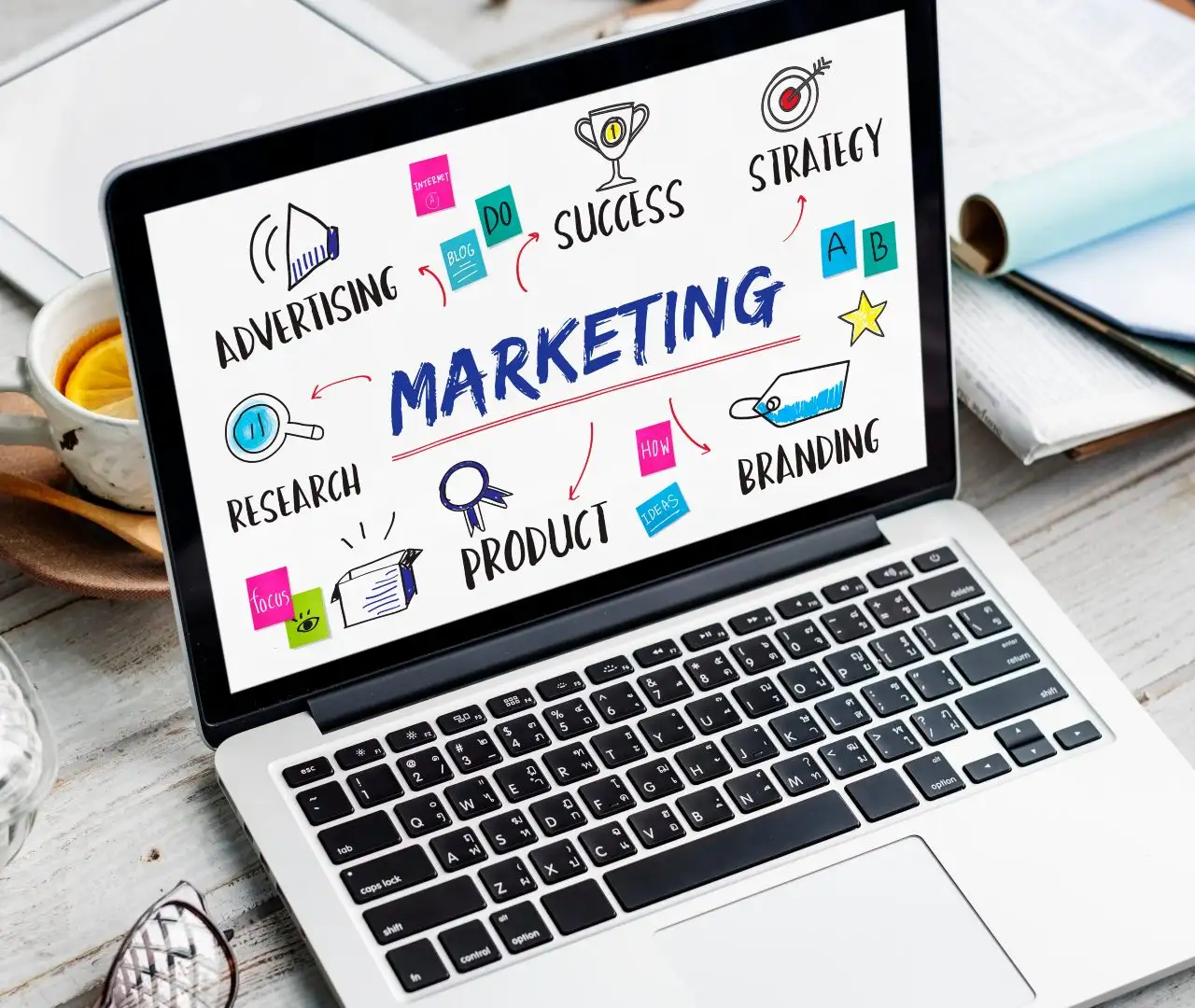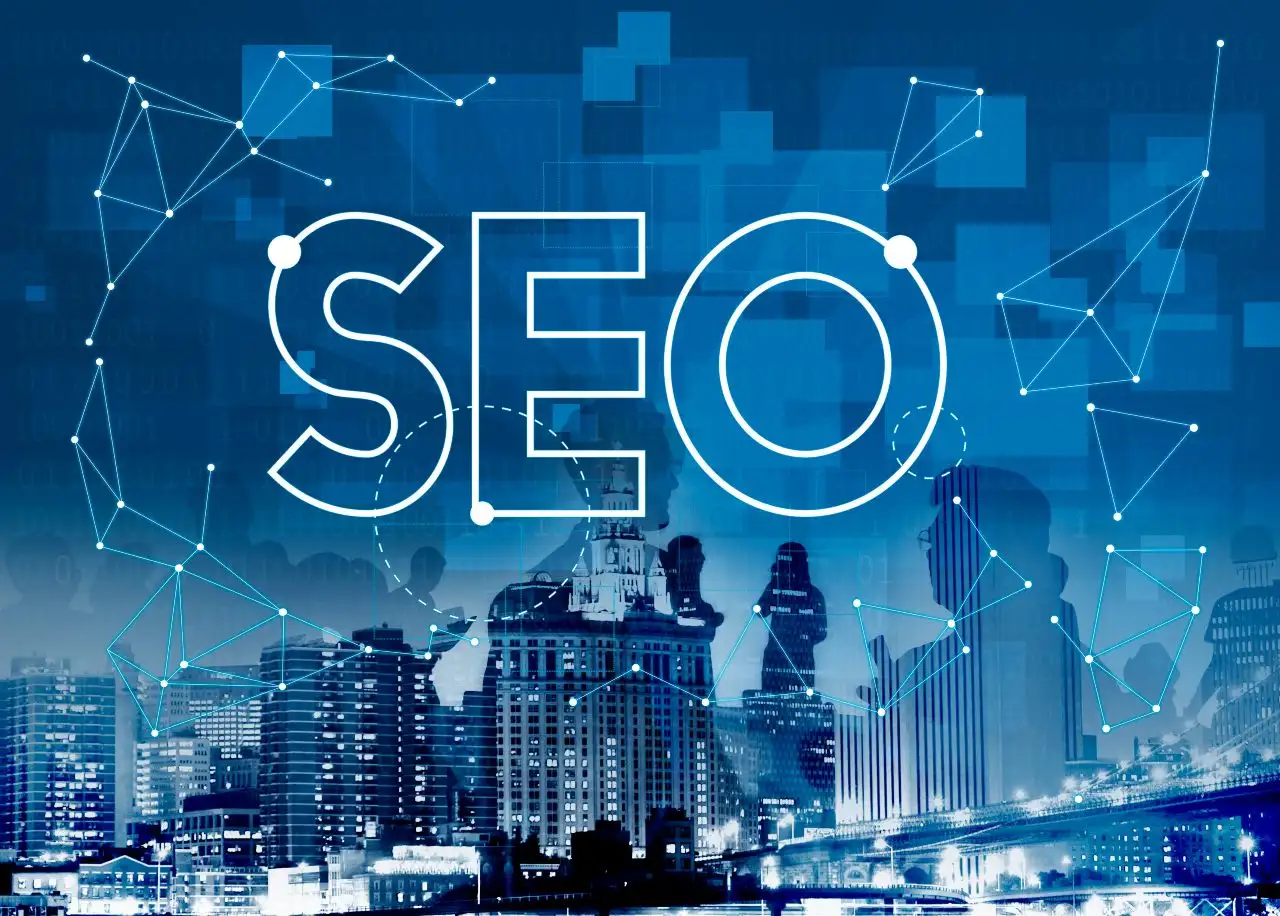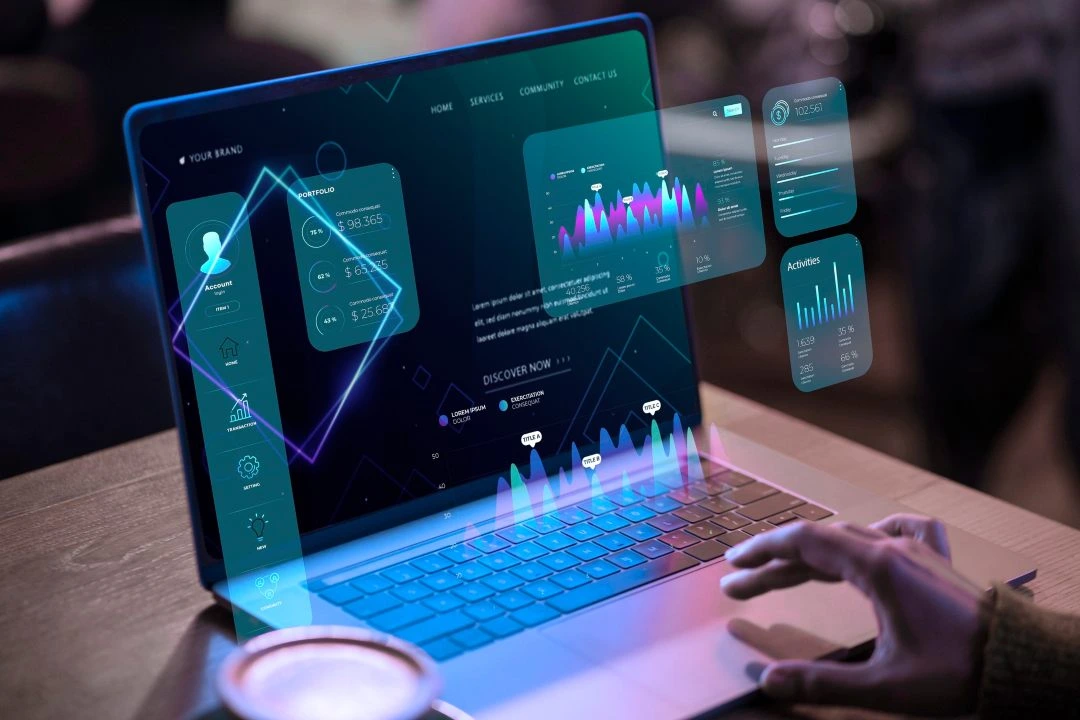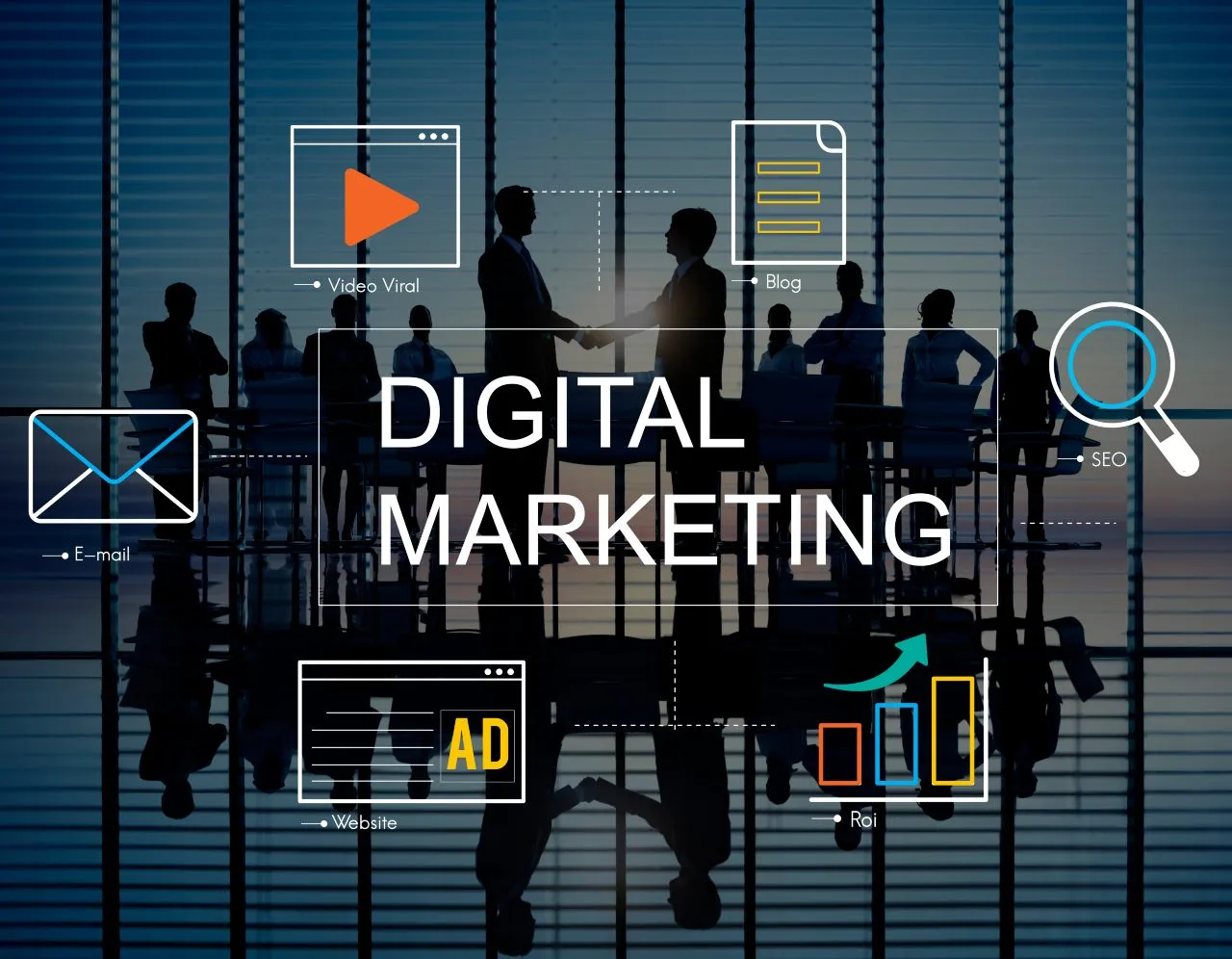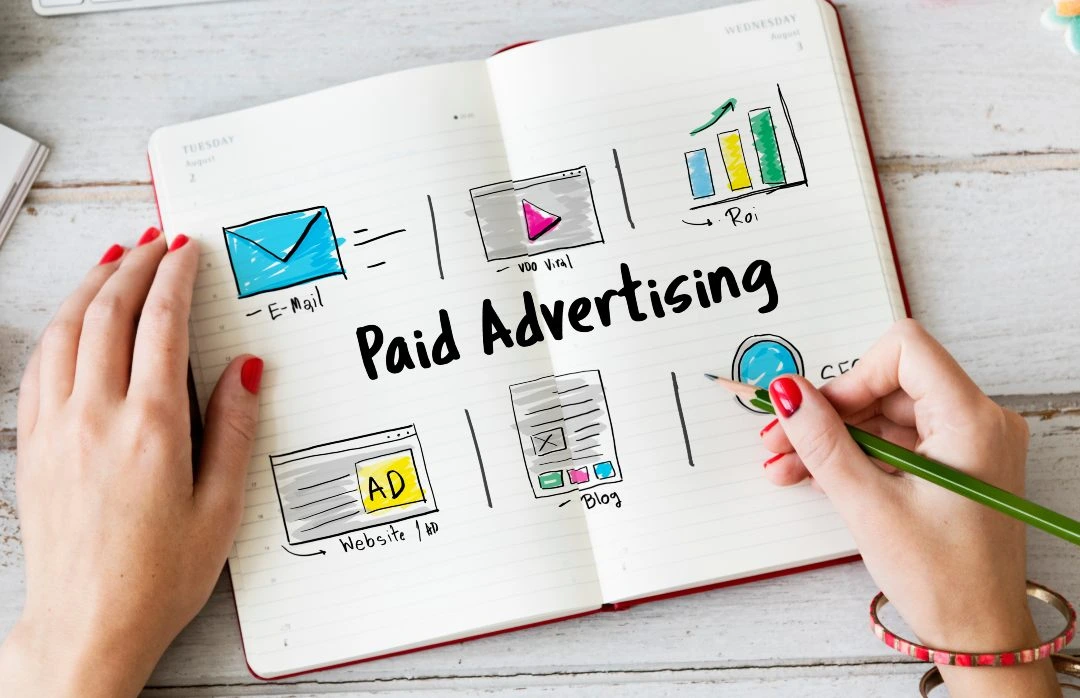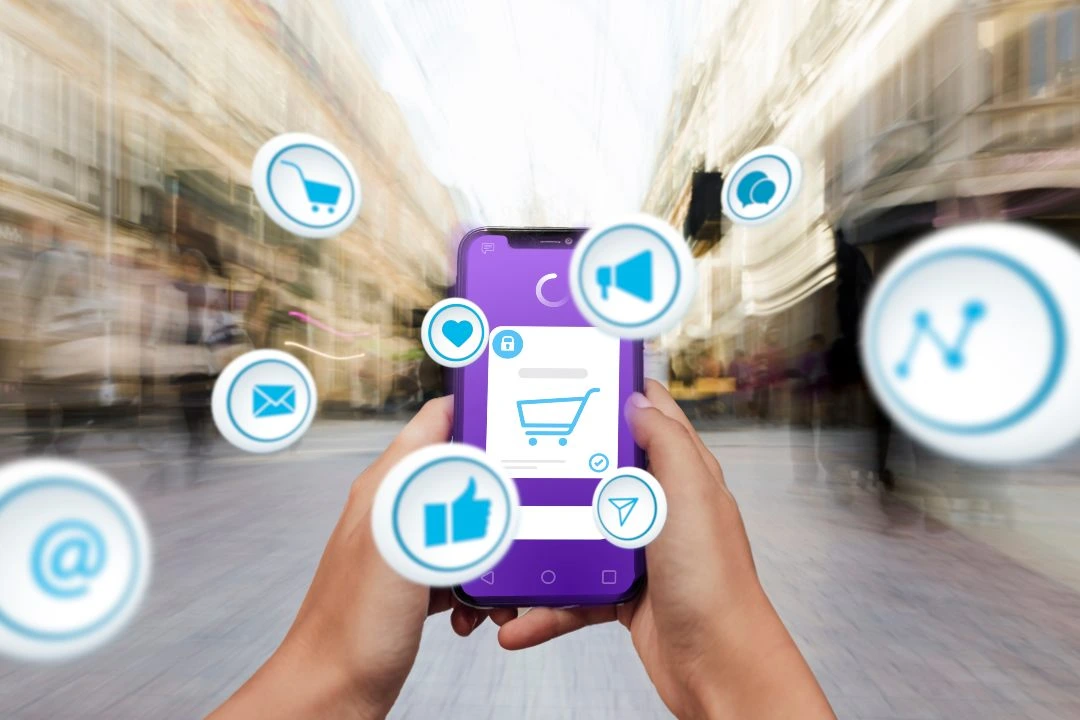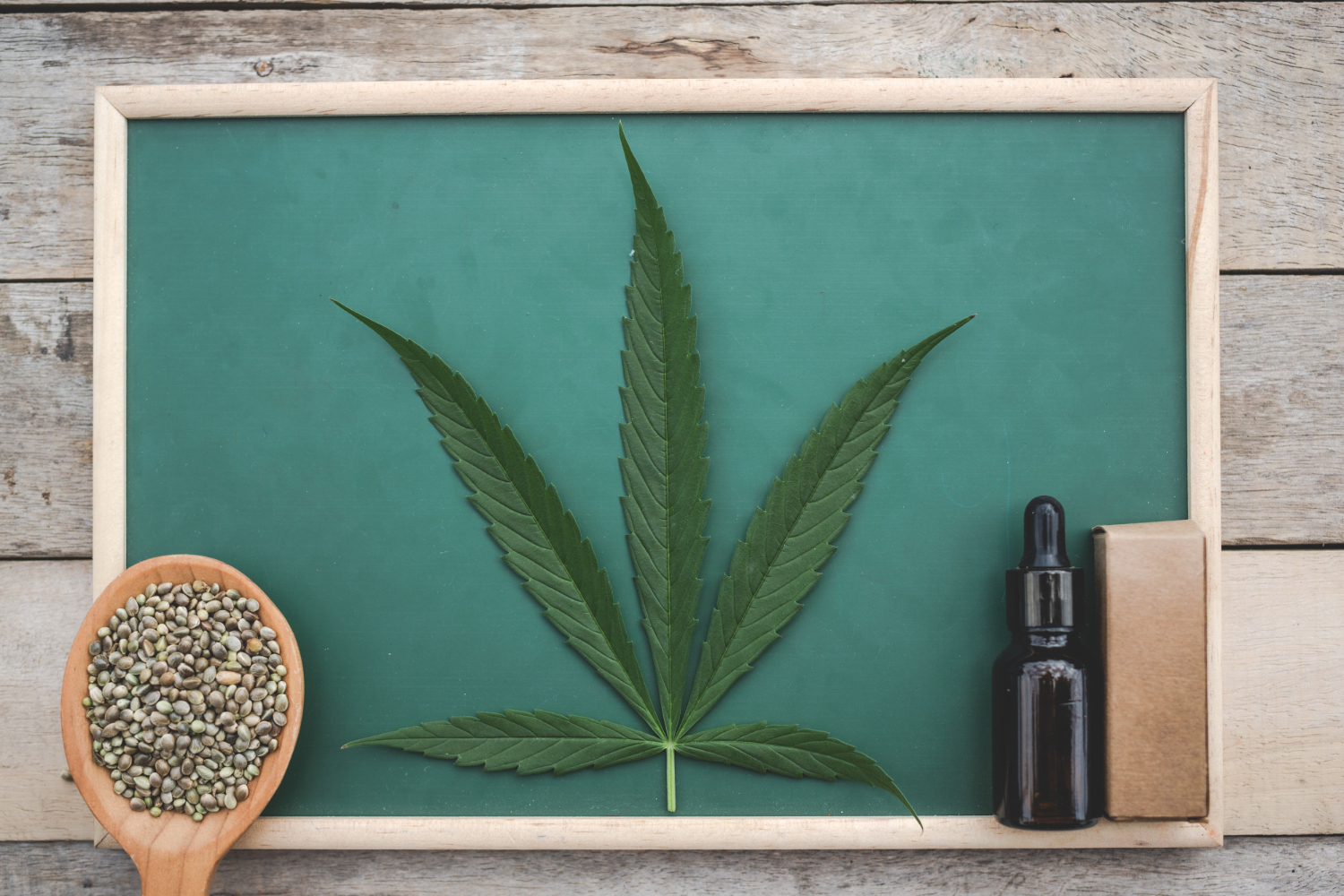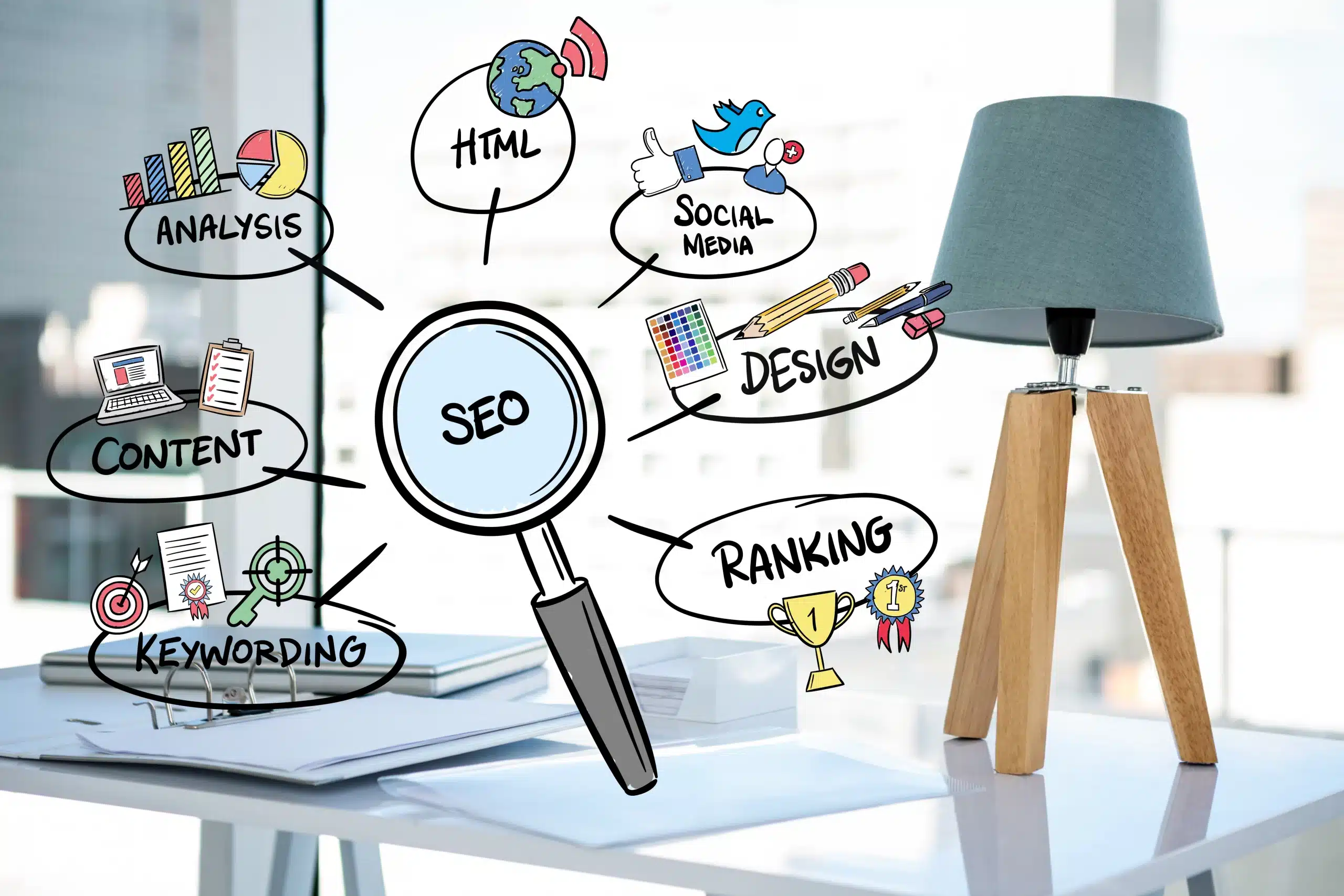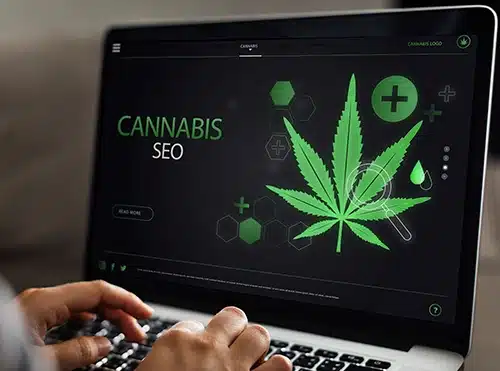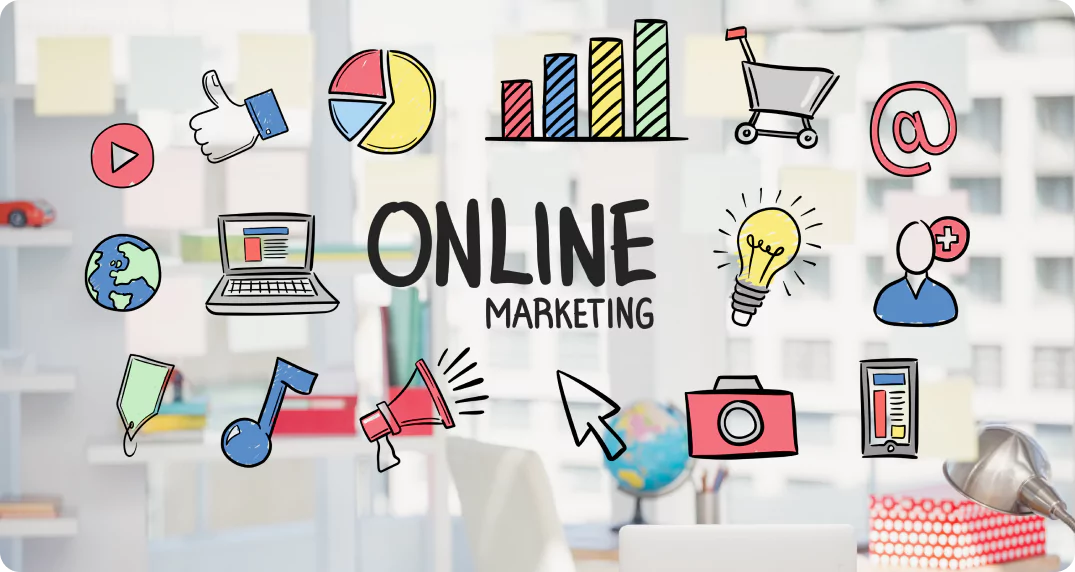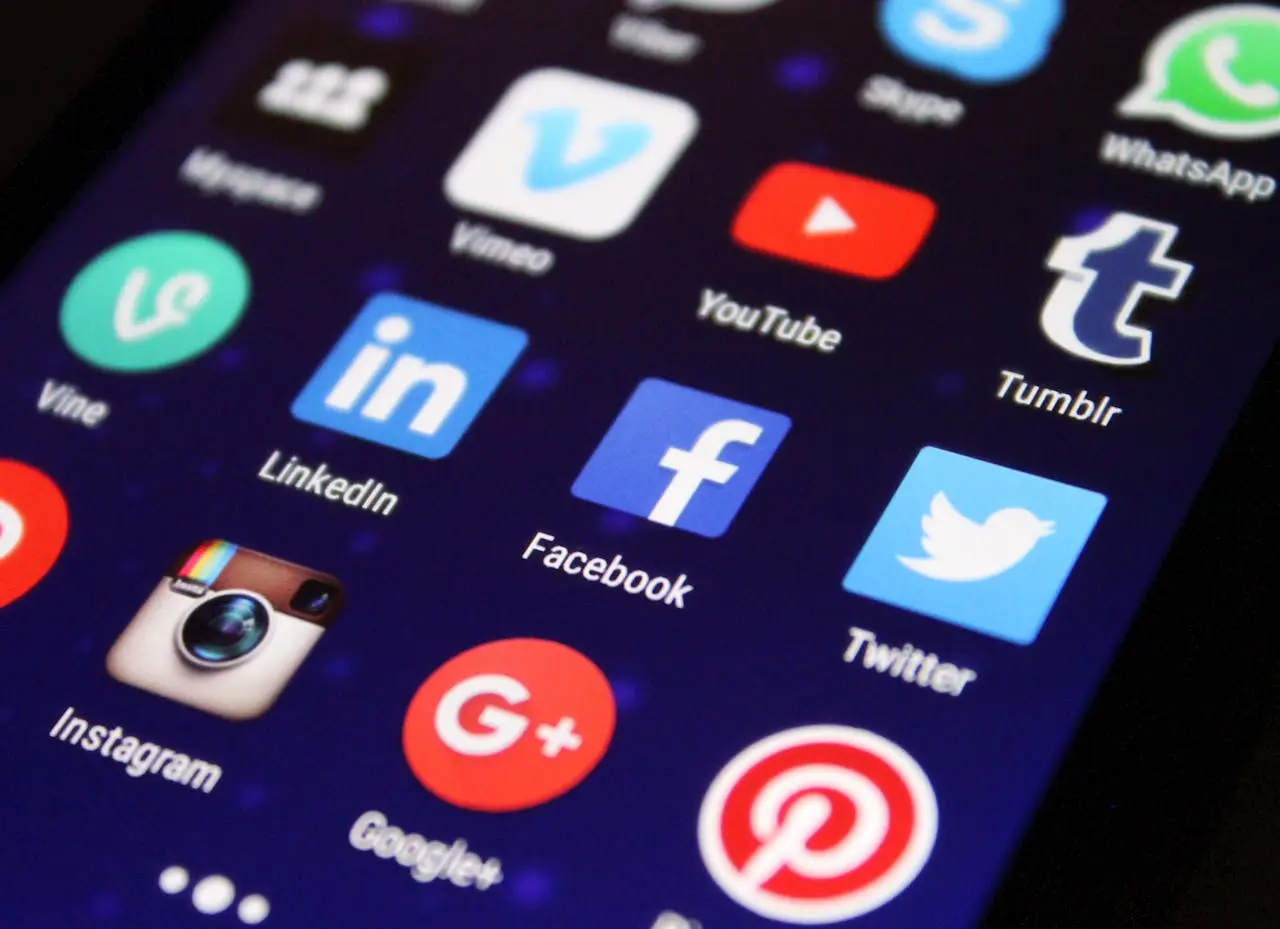Listen to article
Are you trying to figure out why your marketing efforts aren’t bringing in the results you expect? The disconnect might be in your funnel strategy.
While many marketers focus on the bottom of the funnel, converting leads into sales, it’s easy to overlook the crucial role the top of the funnel plays in setting the stage for success. Creating brand awareness, providing valuable content, and engaging with potential customers early on are essential for nurturing leads and guiding them through the buyer’s journey. Neglecting these initial steps can lead to a leaky funnel, where potential customers drop off before ever reaching the conversion stage.
In this article, we’ll explore the critical connection between top-funnel and lower-funnel activities. We’ll look at how strategic initiatives like AI-driven content, brand awareness campaigns, and social media engagement lay the groundwork for driving leads and boosting conversions.
How AI is Reshaping Content Operations and Elevating Customer Experience
The content marketing landscape is undergoing a dramatic shift, with AI accelerating the pace at which marketers produce, personalize, and optimize their messaging. What was once a lengthy and manual process—brainstorming, drafting, editing—has now become a streamlined, tech-enabled workflow. This transformation doesn’t just mean content is created faster; it means brands can deliver more relevant and targeted experiences, aligned with buyer journeys from awareness to conversion.
- Widespread Adoption: Over 91% of content marketers now integrate AI tools into their processes, underscoring just how mainstream this technology has become in daily marketing routines. Source
- Generative AI on the Rise: 65% of content marketers say they plan to use generative AI tools for content development—an indicator that creative collaboration between humans and machines is only set to grow. Source
- AI Chatbots See Growing Investment: While 36% already use chatbots, an impressive 58% plan to ramp up chatbot investment this year, showing the demand for scalable, real-time personalization is at an all-time high. Source
- Creative Ideation: 43% of bloggers leverage AI to spark new content ideas, helping them consistently fill their editorial calendars. Source
- Quality Takes Center Stage: 85% of marketers report that AI has measurably improved the quality of their content, making their messaging sharper, more engaging, and better optimized for audience needs. Source, Source
- Cutting Content Creation Time in Half: The adoption of AI writing tools has slashed the average weekly content creation time from 20 hours to just 10, freeing marketers to focus on strategy and creative insights. Source
- Enhanced ROI: 68% of businesses report an uptick in content marketing ROI after weaving AI into their workflow, crediting improved processes and smarter content distribution. Source
- Most Common AI-Assisted Formats: Blog posts (58%), social content (55%), and short articles (49%) top the list of formats created with AI, with marketers pointing to fast turnarounds and effective solutions for writer’s block as core benefits. Source
The convergence of AI and content marketing isn’t just about doing things faster—it’s about doing them smarter. AI unlocks new levels of personalization and efficiency, empowering teams to move prospects smoothly from awareness to decision. The brands seeing the greatest impact are those that blend AI’s automation with genuine human insight, ensuring content is not just frequent, but memorable and meaningful.
Pro Tip:
To get the best of both worlds, pair AI-powered drafting and ideation tools with regular human review. Use AI to handle the heavy lifting, but rely on your team’s expertise to infuse storytelling, credibility, and brand voice—elements that resonate with audiences and drive lasting engagement. For businesses looking to build a holistic approach to their marketing efforts, combining AI-driven content creation with other digital marketing strategies for small businesses can help maximize ROI and ensure a cohesive brand presence across channels.
Unleashing Growth with Intentional Brand Awareness Tactics
Establishing a strong brand presence goes far beyond logos and taglines—it shapes buyer perceptions long before a sales conversation ever begins. Strategic brand awareness initiatives help businesses stay top-of-mind in a crowded marketplace, setting the stage for smoother lower-funnel conversions and building an emotional foothold that can’t easily be replicated by competitors. In a landscape where trust and visibility are paramount, a cleverly orchestrated top-funnel approach can give any company a lasting edge.
- Digital advertising powers exponential reach: Leveraging digital ads can increase brand awareness by as much as 80%. Source
- Video content instills confidence: 93% of B2B buyers cite video as a critical tool for establishing trust in a brand. Source
- Video elevates brand recall: 90% of marketers have seen improved brand awareness through video initiatives. Source
- Video correlates with revenue growth: 87% of marketers report a direct link between video campaigns and increased sales. Source
- Video drives decision-making: 82% of consumers say video content influences their purchase choices. Source
The numbers make it clear: investing in brand awareness is not just a top-of-funnel exercise—it’s a business growth accelerator. Video, in particular, serves as a multi-purpose tool: it fosters trust, drives engagement, and nudges buyers toward a decision. As brands grapple with shorter attention spans and increased competition, those who proactively integrate video and smart digital strategies from the outset lay the groundwork for sustained success throughout the buyer journey.
Pro Tip:
Don’t simply add video as an afterthought—embed it across your website, landing pages, and social campaigns. Experiment with formats like explainers, testimonials, and live streams to make your brand unforgettable and nudge hesitant prospects closer to saying yes.
What Drives B2B Buyers to Trust—and Choose—Vendors
Today’s B2B buyer journey is anything but linear. Purchasing committees are growing, economic pressures are tightening budgets, and buyers are scrutinizing every source of information before ever speaking to sales. This heightened focus on vendor credibility means that businesses who lead with substance—offering in-depth, evidence-based content—have a distinct edge in winning mindshare and trust early in the process.
- Case studies, surveys, and research reports top the list for B2B buyers, with nearly 48% of marketers citing research reports as the most influential format for decision-making. Source, Source
- The decision-maker circle is widening: 26% of organizations report involving more stakeholders in buying decisions, with committees ranging from 3 to 20 people. Source, Source
- ROI scrutiny is intensifying: 44% of B2B buyers are digging deeper into ROI analyses before signing off on new investments. Source
- The research phase is expanding: 34% say they’re dedicating more time to researching purchases than before. Source
- Spending power is shrinking: 34% of buyers have seen purchase decisions postponed due to budget freezes, and budgets overall have contracted by around 25% compared to last year. Source
Cutting through the noise isn’t just about flashy messaging; it’s about supplying the thorough, data-driven answers buyers crave. In an environment where more eyes are on every deal and scrutiny is the norm, well-crafted TOFU content acts as your silent salesforce, educating and empowering buying groups while earning their trust. Forward-thinking marketers are investing in assets like original research and real-world case studies because these resources don’t just inform—they help buyers build a consensus and make a confident choice, even when budgets are tight.
Pro Tip:
Elevate your top-funnel content by weaving in quantifiable outcomes, third-party validation, and detailed methodology. When buyers see your commitment to transparency and real results, your brand stands out as a partner—not just a vendor.
Social Media’s Expanding Role in B2B Buyer Journeys
B2B buyers are no longer confined to whitepapers and product sheets for decision-making—they’re scrolling through feeds, checking peer reviews, and watching thought leadership videos. As generational shifts bring digital-native professionals into purchasing roles, social media is now a critical space for brand discovery, education, and ongoing engagement. Companies that treat these platforms as core research and relationship channels—rather than just amplification tools—are capturing attention earlier and driving meaningful influence throughout the buying cycle.
- Top Tactic for Success: 49% of B2B marketers consider social media marketing as the most effective tactic contributing to the success of their marketing programs. Source
- Influence on B2B Buyers: A significant 74% of B2B buyers utilize social media for both researching and making decisions. Source
- Dominant Platform: LinkedIn remains the top platform for B2B marketers, delivering the best value, followed by Facebook, YouTube, and Instagram. Source
- Increased Spending: B2B social ad spending is projected to increase by 46.2% in 2025, reaching $9.66 billion, indicating the growing importance of social media in B2B marketing strategies. Source
The numbers make it clear—ignoring social media is no longer viable for B2B brands with ambitions of growth and relevance. As budgets for social ad spend soar and an overwhelming majority of buyers rely on these platforms for research, it’s the companies investing in authentic, educational, and ongoing top-of-funnel content that build trust and stay top-of-mind. Social media is now where both relationships and reputations are built, ultimately laying the groundwork for sales conversion down the line.
Pro Tip:
Think beyond promo posts—use social to share customer stories, participate in industry conversations, and spotlight your team’s expertise. Interactive content like polls, AMAs, and video explainers not only increase reach but also open valuable two-way dialogue with your buyers.
How Digital Advertising Fuels Both Awareness and Action
For brands seeking measurable impact in both visibility and lead acquisition, digital advertising offers a unique advantage: the ability to put your message in front of exactly the right audience, at precisely the right time. Unlike organic strategies that require patience and consistency, paid campaigns deliver rapid results, often outpacing traditional approaches in reach and exposure. Smart investments in high-performing ad placements can set the stage for long-term growth by capturing attention early in the customer journey while also converting those ready to buy.
- Brand Awareness Surge: Digital ads have the capacity to increase brand recognition by up to 80%, making them indispensable for companies looking to make a memorable impression on new audiences. Source
- Accelerated Website Traffic: Paid search—such as PPC campaigns—drives twice the number of site visitors compared to SEO, offering brands a fast track to filling the top of their marketing funnel. Source
- Converting High-Intent Prospects: Around 65% of high-intent searches end with a click on a paid ad, underscoring the critical role digital campaigns play in capturing leads ready to take action. Source
Savvy marketers understand that paid media isn’t just about pushing messages—it’s about meeting potential customers where their intent is strongest and nurturing them from the first touchpoint through to conversion. As digital platforms evolve and competition for attention intensifies, leveraging PPC and other targeted ad formats helps brands consistently drive both awareness and qualified leads.
Pro Tip:
Start by blending broad-reach brand campaigns with finely-tuned performance ads targeting bottom-funnel keywords. Regularly analyze which channels and messages move prospects from curiosity to consideration, and reinvest in what delivers both visibility and conversions. This layered approach ensures your ad spend works harder at every stage of the funnel. For companies looking to align their efforts across multiple marketing channels, exploring full-service marketing solutions can provide the expertise needed to optimize both top-funnel and lower-funnel strategies effectively.
Strategic TOFU Content: Building a Foundation for Sustainable B2B Growth
With so much noise at the top of the funnel, brands that consistently deliver valuable, well-crafted content earn trust early—a critical advantage when nurturing prospects through long, complex B2B buying cycles. Establishing authority doesn’t happen overnight; it’s the product of ongoing education, relevance, and timely engagement that collectively shape buyer perceptions long before they’re ready to talk sales.
- Multiple content touchpoints are necessary for conversion: On average, a B2B buyer consumes 13 pieces of content before making a purchase. Source
- Blog articles offer the best ROI for early-stage lead generation: 70% of marketers report that blog articles provide the highest return on investment (ROI) in the early stages of lead generation. Source
- Video integration boosts inbound links: Blogs that incorporate video marketing attract three times more inbound links compared to text-only articles. Source
- Quality over quantity is key: A significant 83% of marketers prioritize content quality over quantity, even if it means posting less frequently. Source
What sets high-performing TOFU strategies apart today is a willingness to experiment with dynamic formats—like embedding video to multiply link-building—and a relentless focus on value over volume. While a scattershot approach may momentarily fill the funnel, true authority is built by earning attention with every touchpoint, continually reinforcing expertise and trust.
Pro Tip:
Move beyond generic posts: map your top-funnel content to buyer pain points and preferences identified in your data, and combine formats (such as video explainers within blog articles) to drive both engagement and SEO benefits. A content calendar is your roadmap—use it to ensure steady, audience-centric publishing that continually feeds your pipeline with educated, sales-ready leads.
Why Trust and Recognition Power Every Stage of the Funnel
In a crowded marketplace, the brands that break through aren’t always the flashiest—they’re the ones that establish familiarity and credibility before a purchase is even considered. Today’s buyers, faced with countless options, are looking for reassurance that their hard-earned money goes to a brand they can trust. That’s why the journey to conversion doesn’t start at the checkout page—it begins with top-funnel tactics that foster recognition, positive sentiment, and authority.
- Trust is Essential: A significant 81% of consumers need to trust a brand before making a purchase, underscoring the importance of brand awareness in building credibility. Source
- Content Marketing’s Role: 80% of B2B marketers report that content marketing has helped them achieve their brand awareness goals, which they identified as their top priority. Source
- Content Distribution Channels: The vast majority (90%) of B2B marketers use their organization’s website to distribute content, with over 50% also utilizing blogs, email newsletters, and email. Source
- Video’s Impact: Video ads are the number one way consumers discover a brand they later purchase from, highlighting the power of video in driving brand discovery. Source
- YouTube’s Influence: Over 90% of people report discovering new brands or products on YouTube, emphasizing the platform’s significance for brand awareness. Source
The reality is clear: If your brand isn’t showing up early and often—through informative content, strategic video, and a strong digital presence—you’re simply not in the running when customers are ready to buy. Trust and recognition can’t be manufactured overnight, but by investing steadily in awareness-driven initiatives, you’re not just filling the pipeline at the top; you’re setting the stage for better engagement, easier conversions, and higher lifetime value.
Pro Tip:
Don’t spread your efforts thin across every channel. Instead, double down on the platforms and content formats where your audience is already discovering new brands—like YouTube and video ads—and develop a content calendar that consistently delivers value and relevance. This sustainable approach pays dividends at every stage of your funnel.
Conclusion
Understanding the interplay between top-funnel and lower-funnel strategies is crucial for achieving sustainable marketing success. As explored, top-funnel efforts—ranging from AI-powered content creation to video marketing and social media campaigns—are the drivers of brand awareness, trust, and engagement. These elements are not just “nice-to-haves,” but foundational pillars that directly influence lower-funnel outcomes like lead conversions, sales, and ROI growth.
The data paints a clear picture: brands that prioritize high-quality, authoritative, and consistent content at the top of the funnel are better positioned to build lasting customer relationships. Incorporating tools like AI can streamline processes and elevate content quality, while investments in video and social media amplify visibility and trust. These strategies pave the way for long-term growth, bridging the gap between awareness and action.
Are you ready to refine your approach and unlock the power of an aligned marketing funnel? Ready to boost your traffic and grow your website? Your customers are looking for you, and our SEO services can help you be found across search engines! Let us help you connect the dots and turn top-funnel strategies into measurable business success.
About Why Lower-Funnel Success Still Depends on Top-Funnel Strategy
This guide was written by the Scopic Studios team and reviewed by Araksya Hakobjanyan, SEO Lead at Scopic Studios.
Scopic Studios delivers exceptional and engaging content rooted in our expertise across marketing and creative services. Our team of talented writers and digital experts excel in transforming intricate concepts into captivating narratives tailored for diverse industries. We’re passionate about crafting content that not only resonates but also drives value across all digital platforms.
Note: This blog’s feature image is sourced from Freepik.











